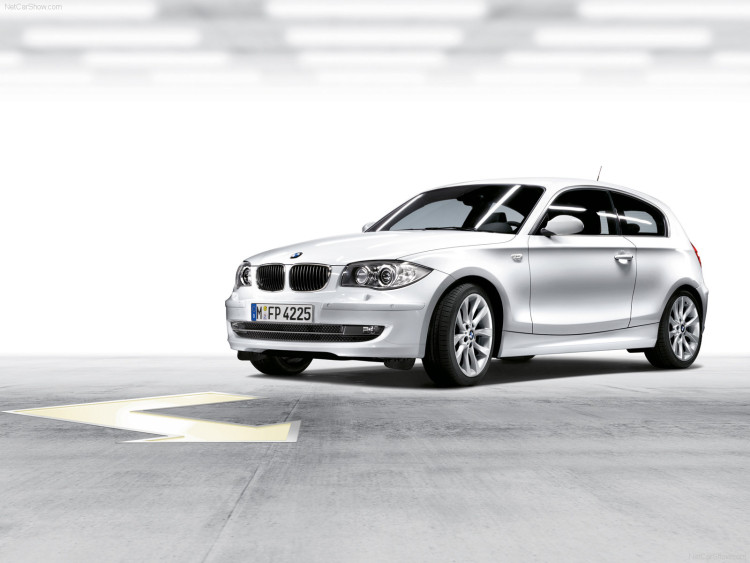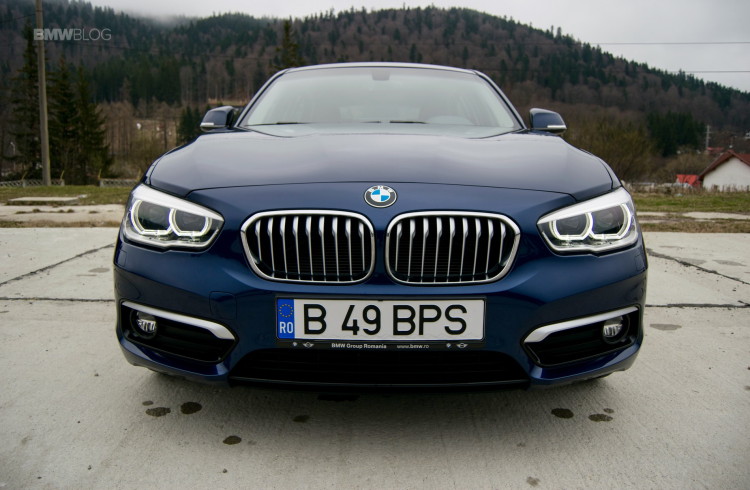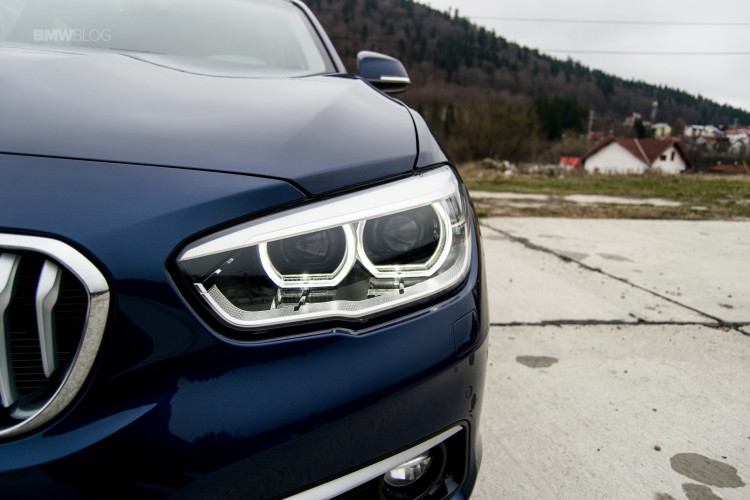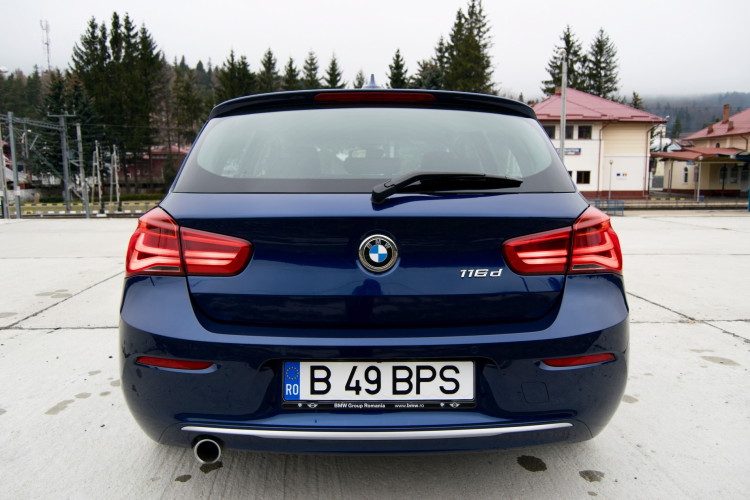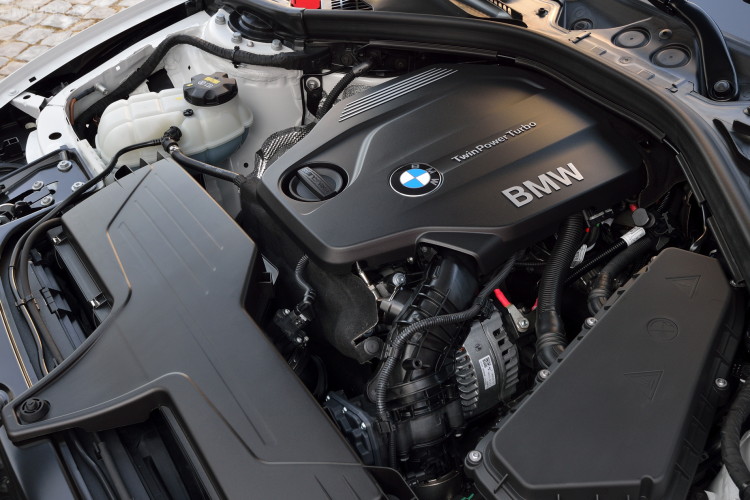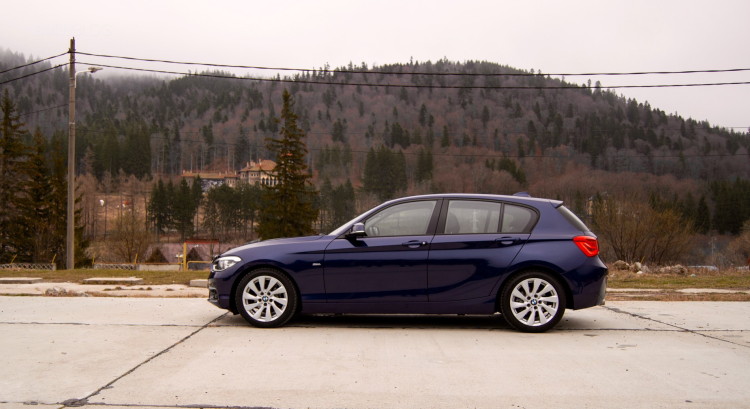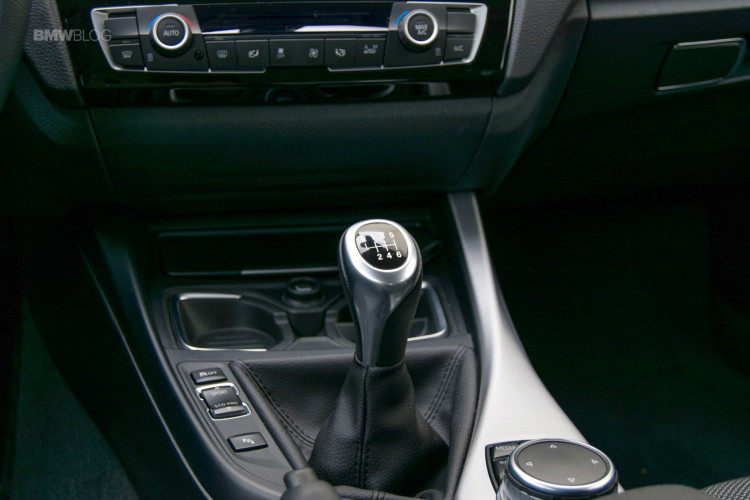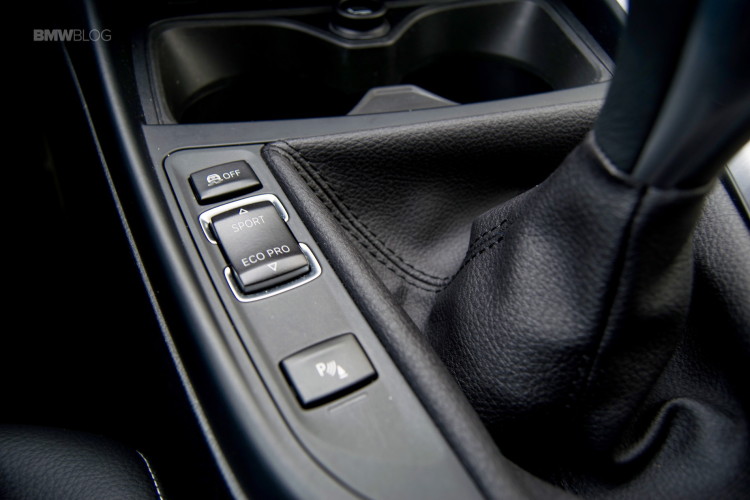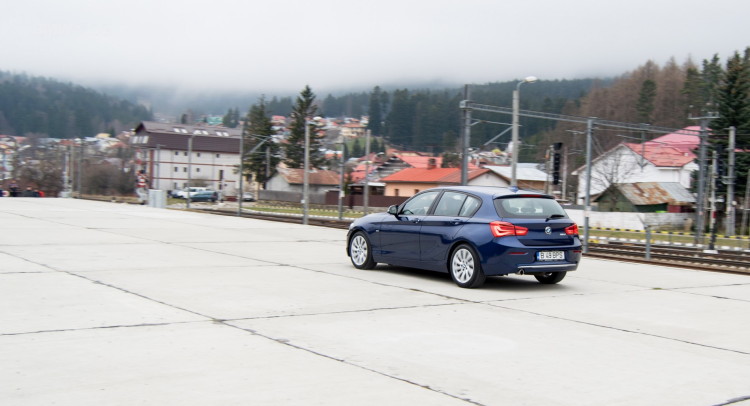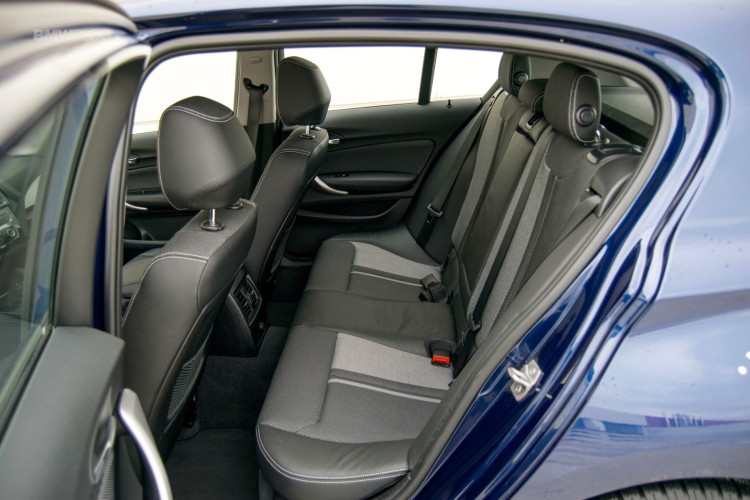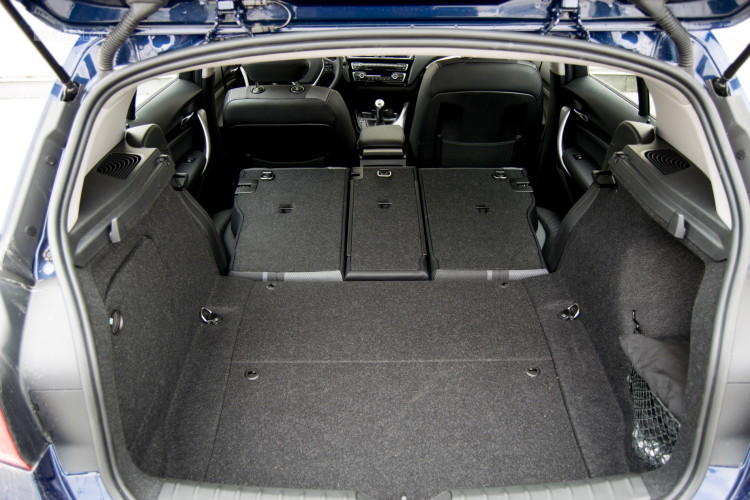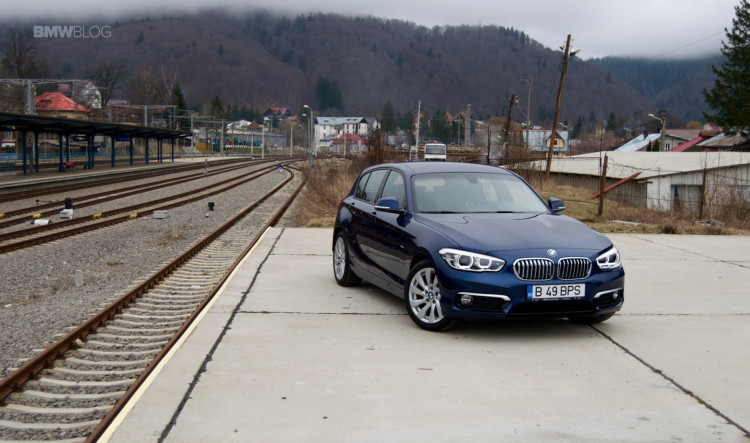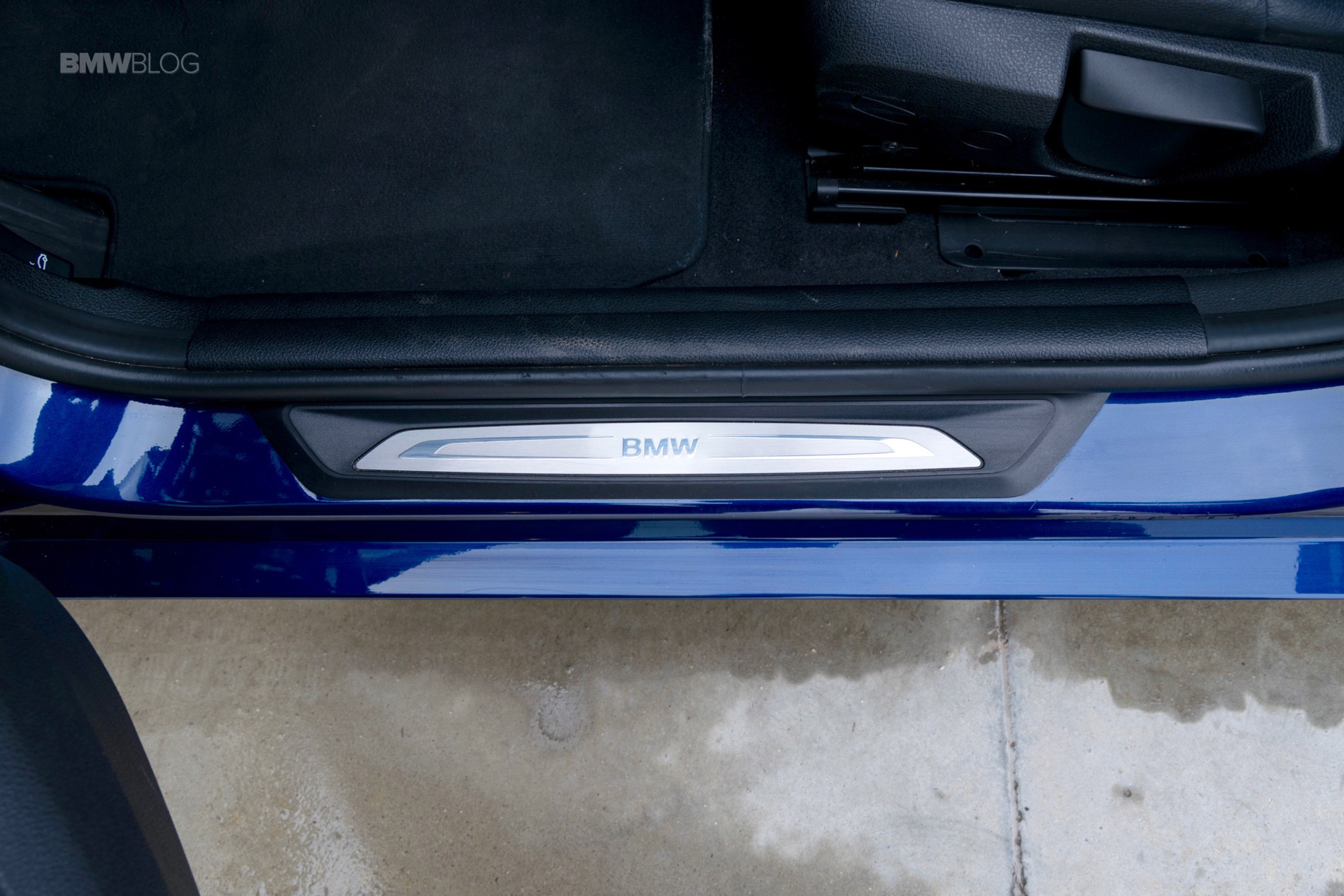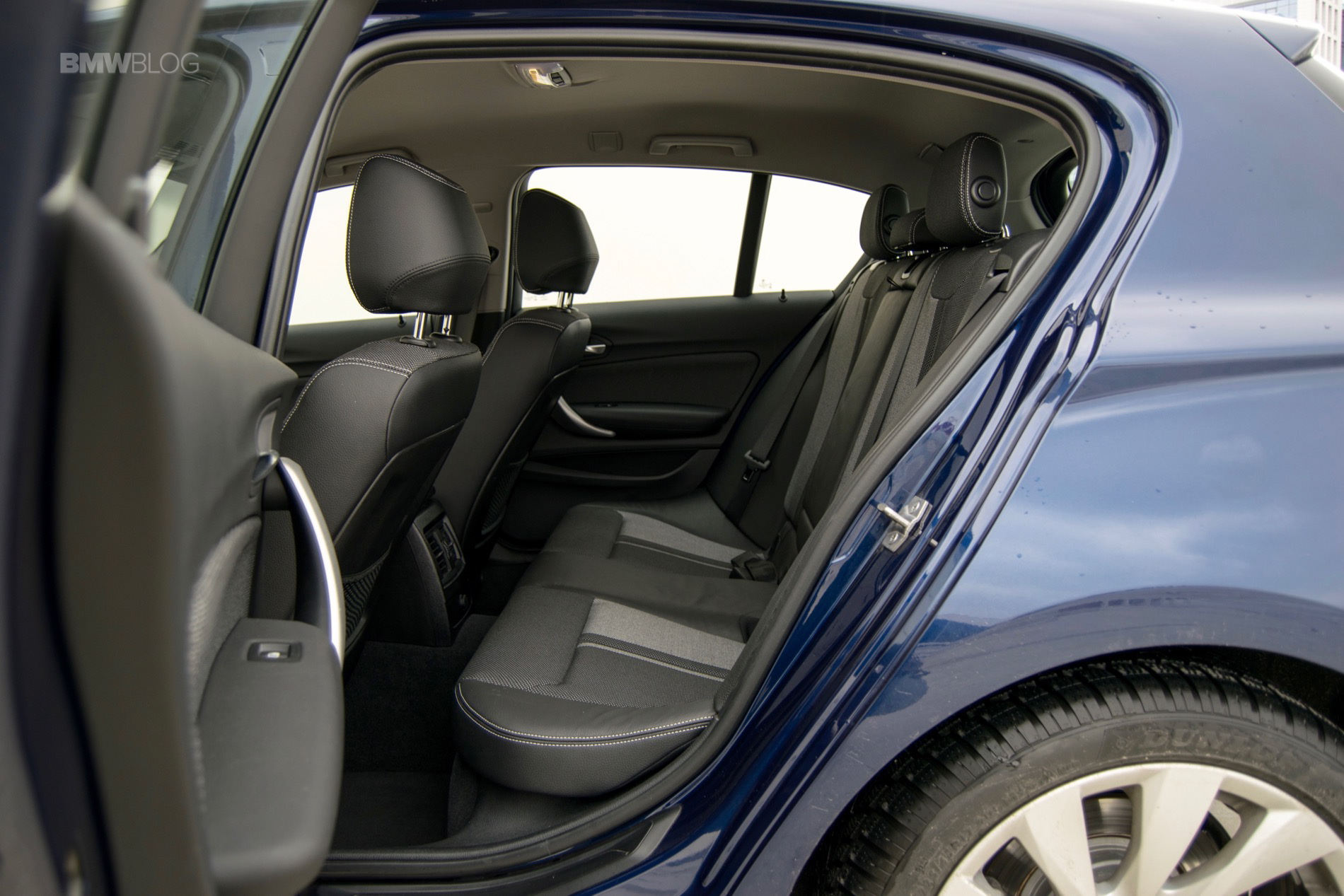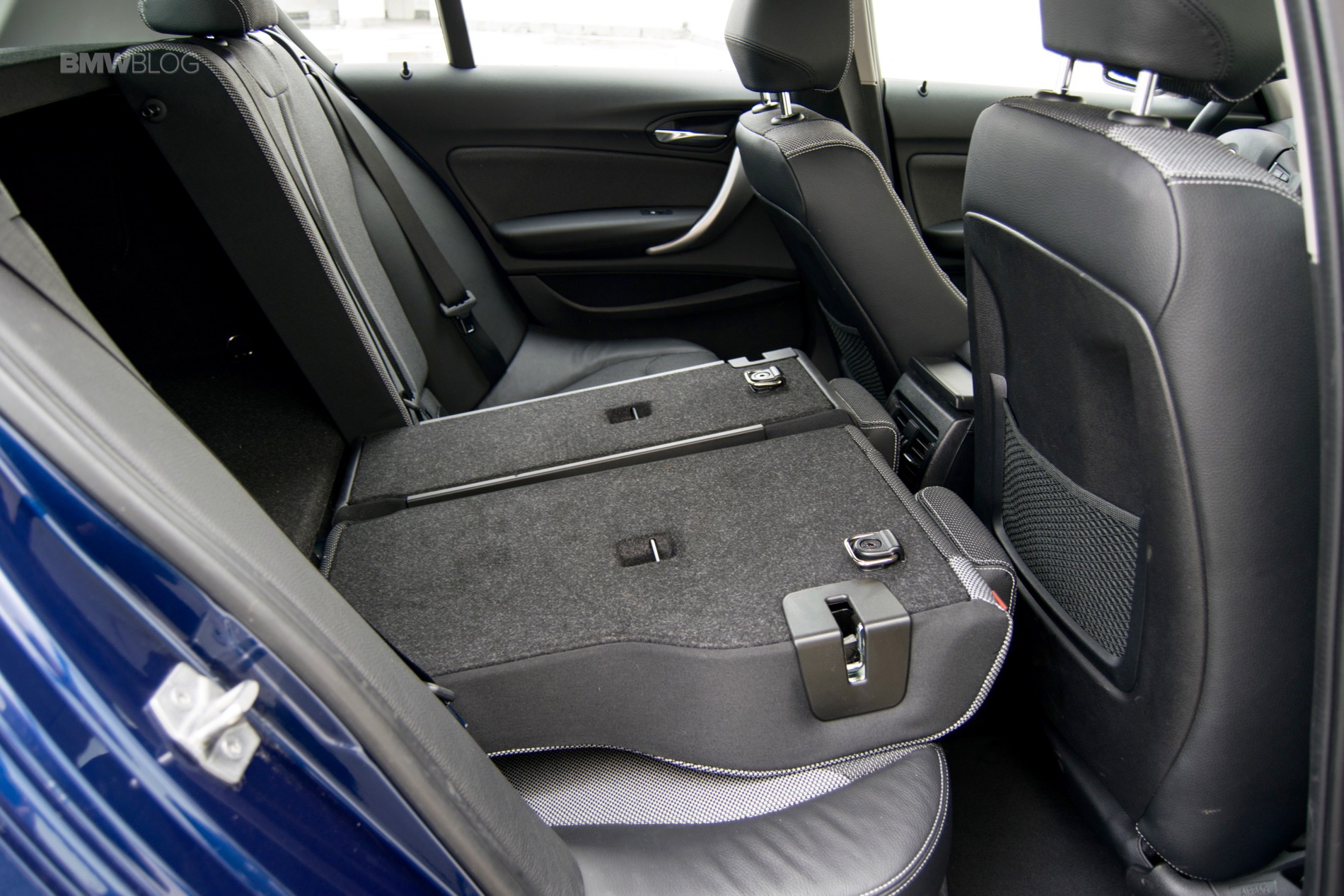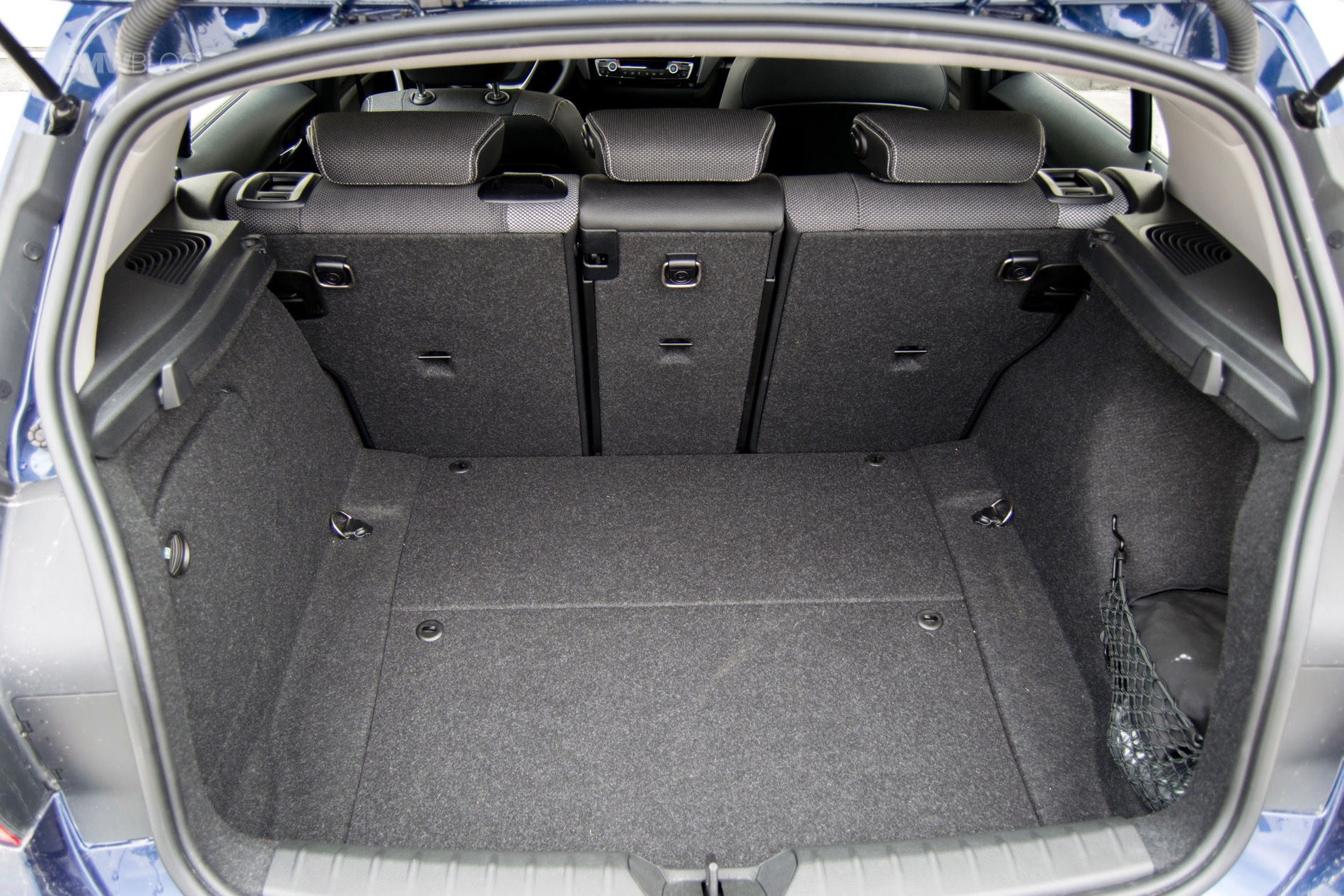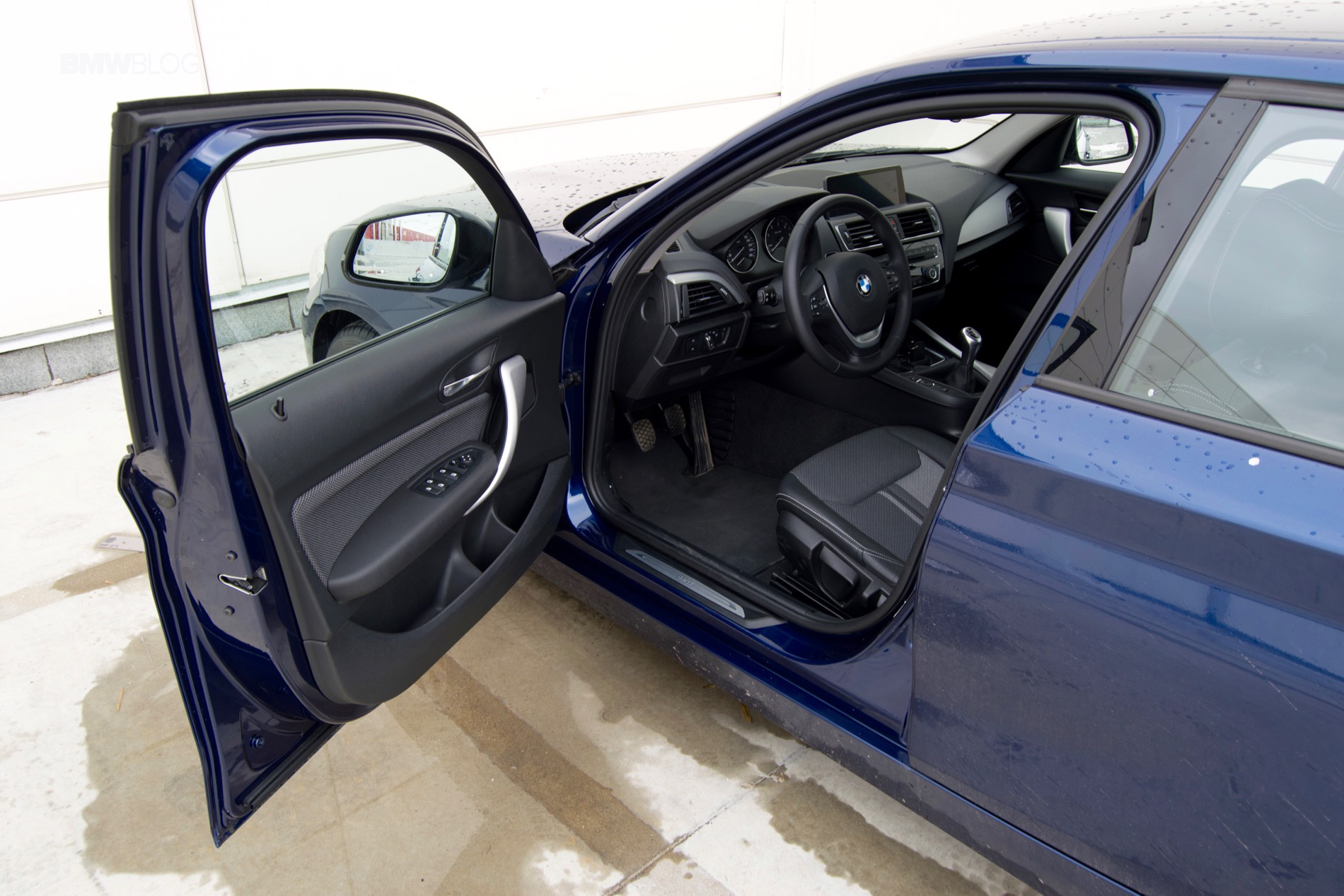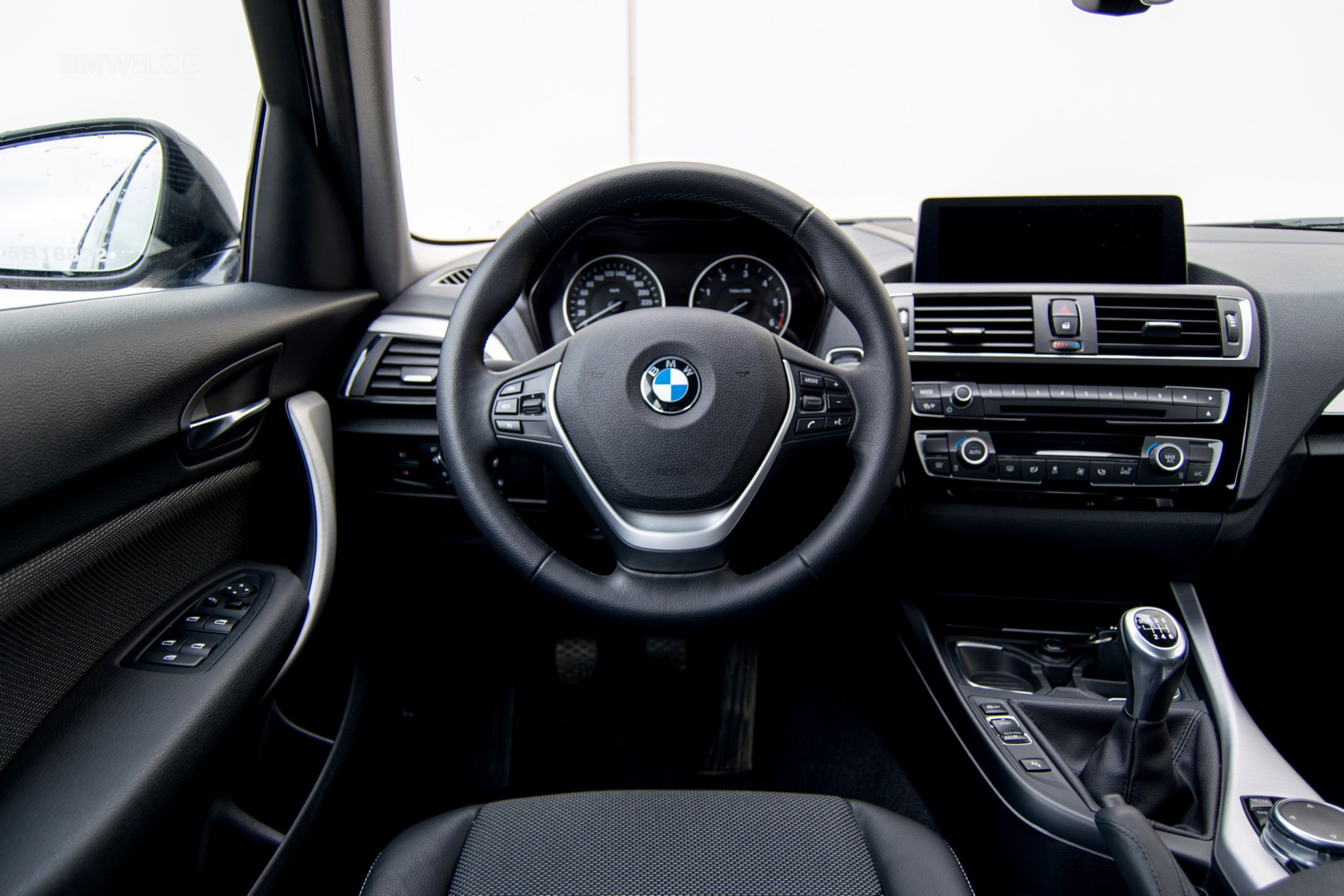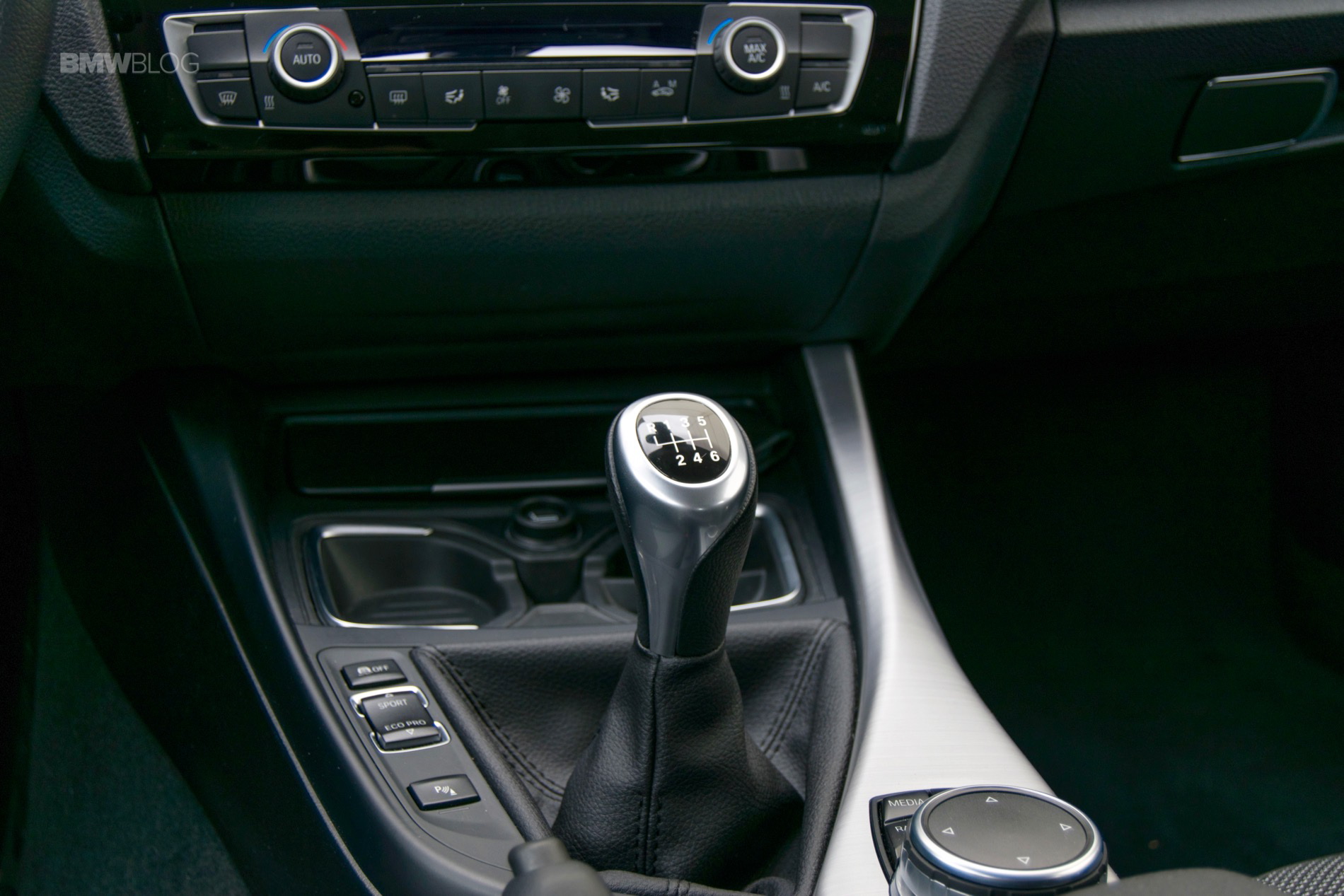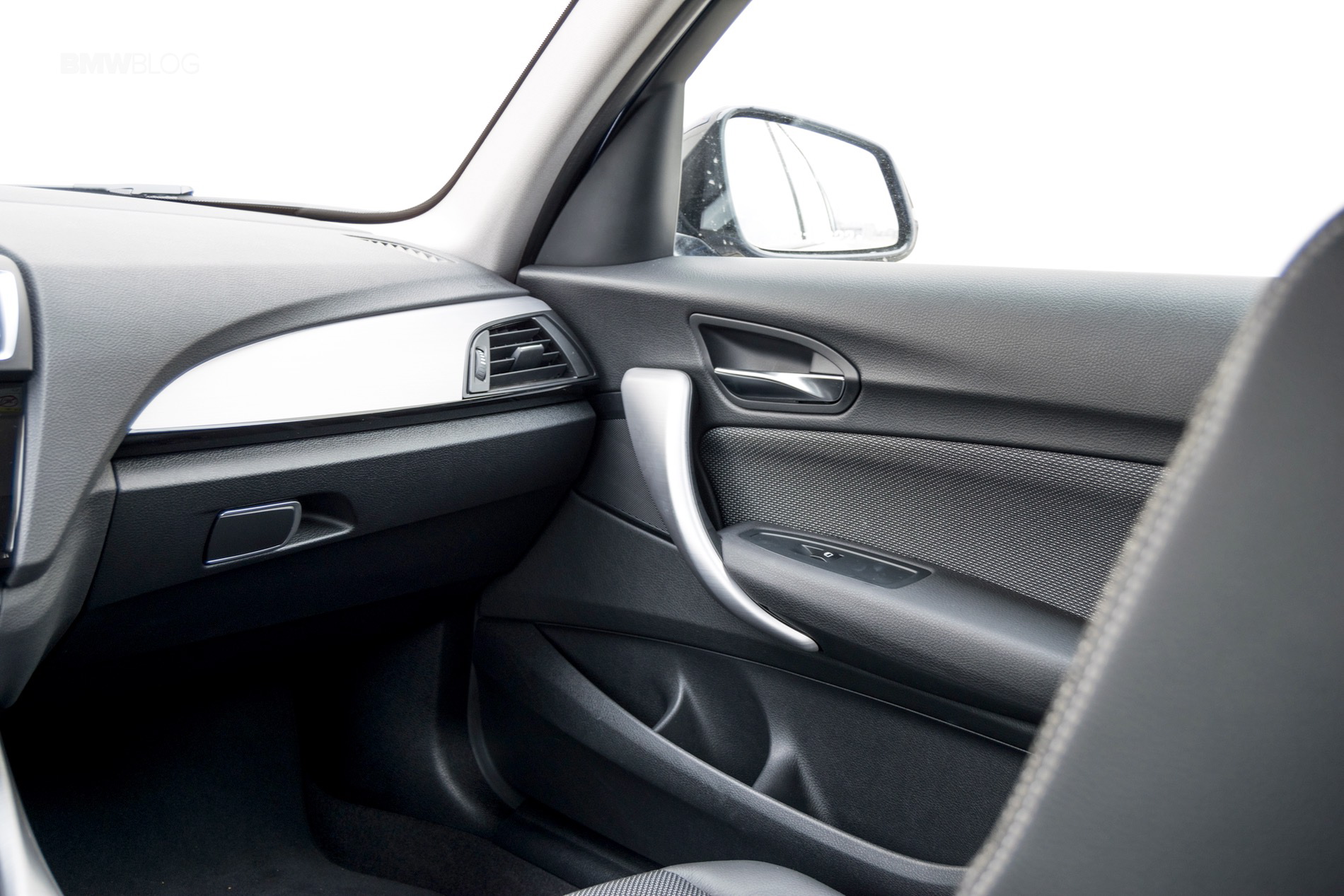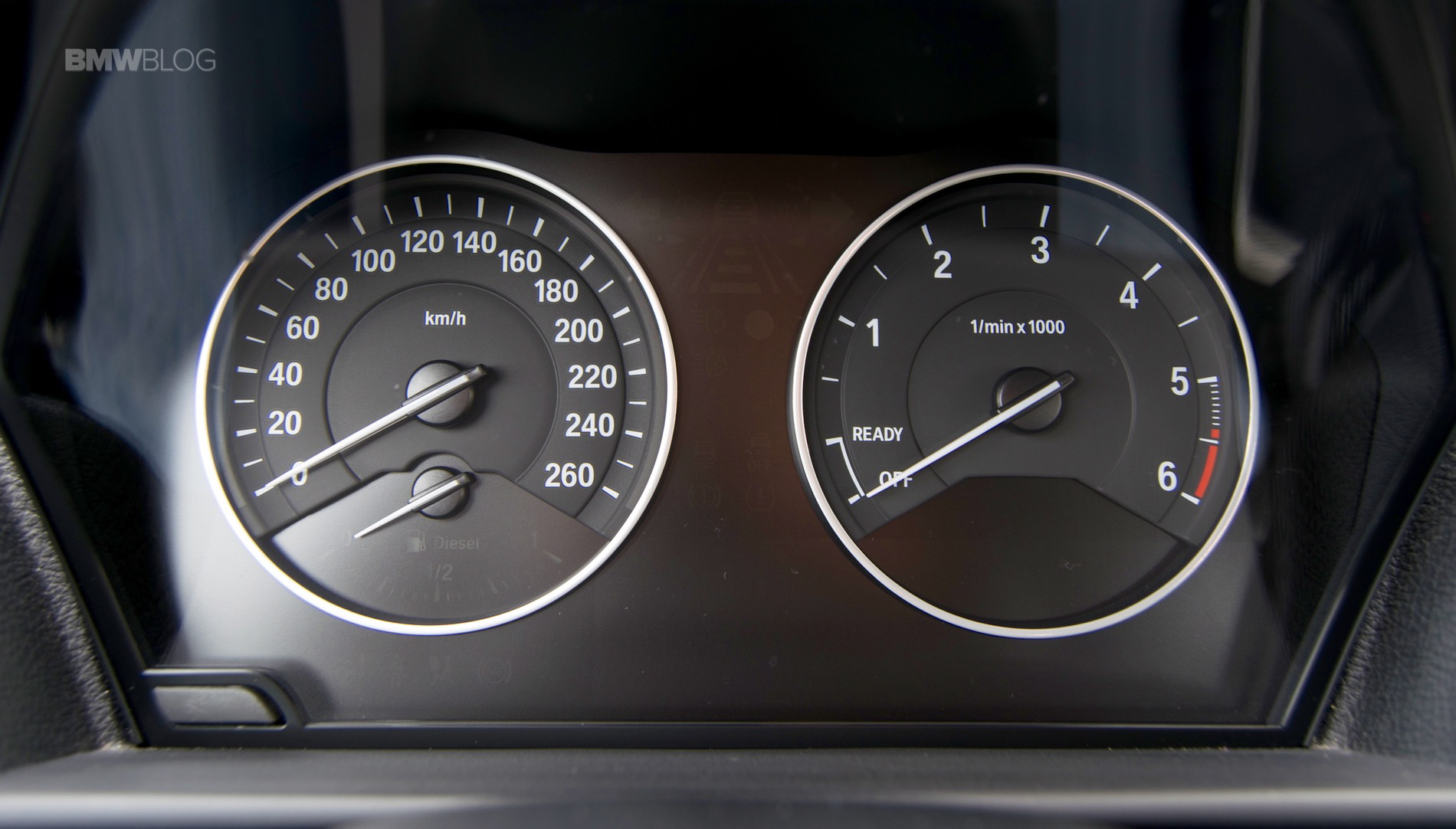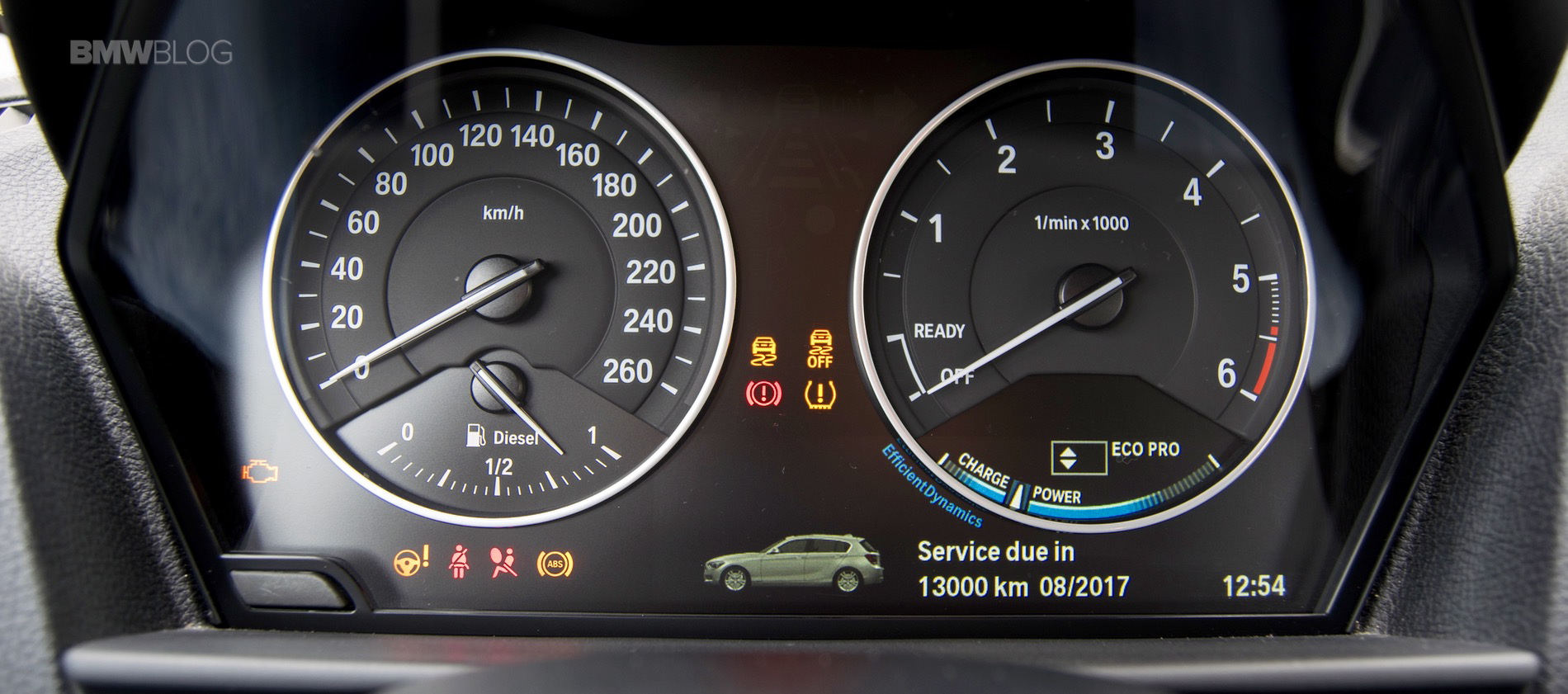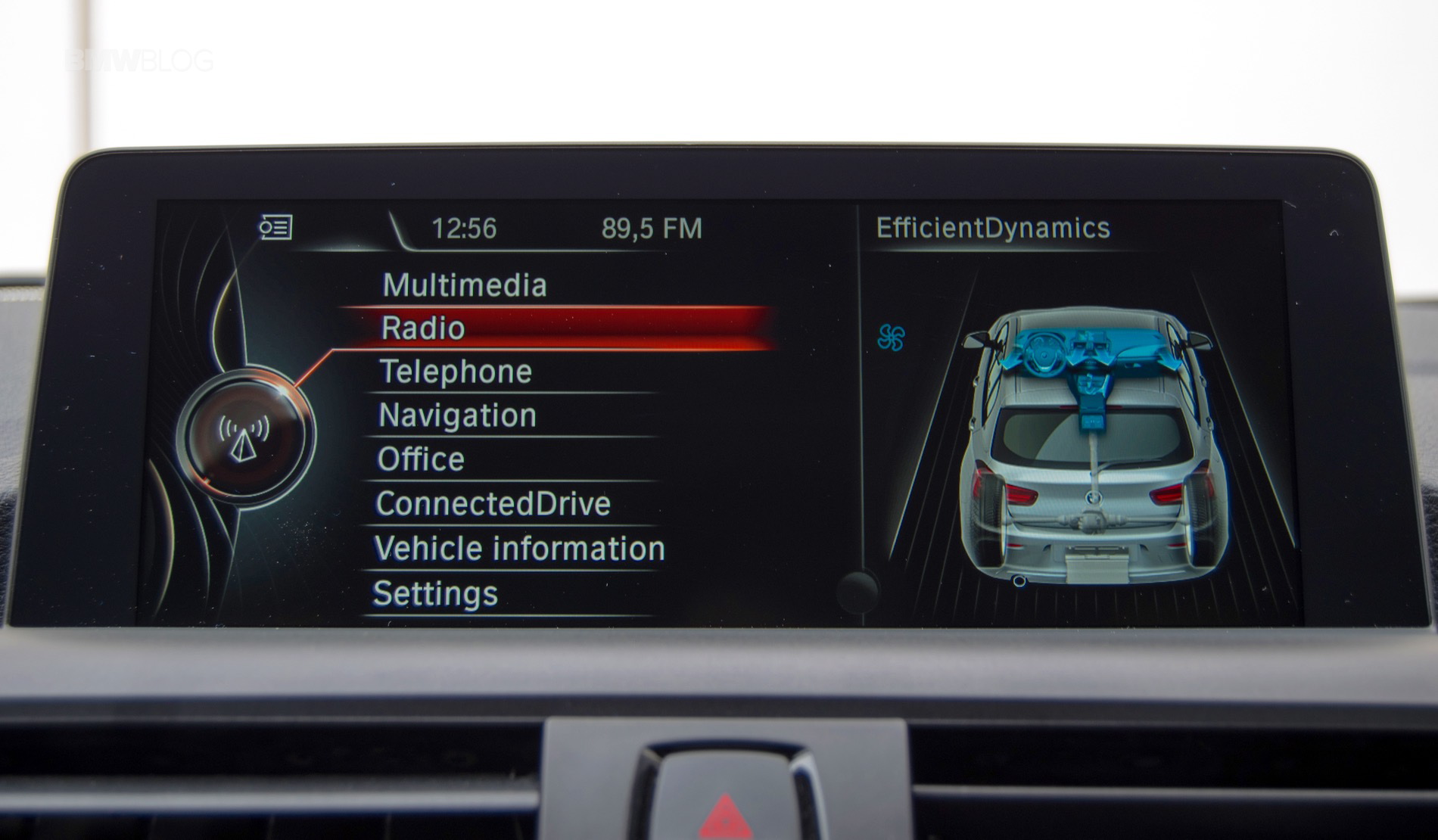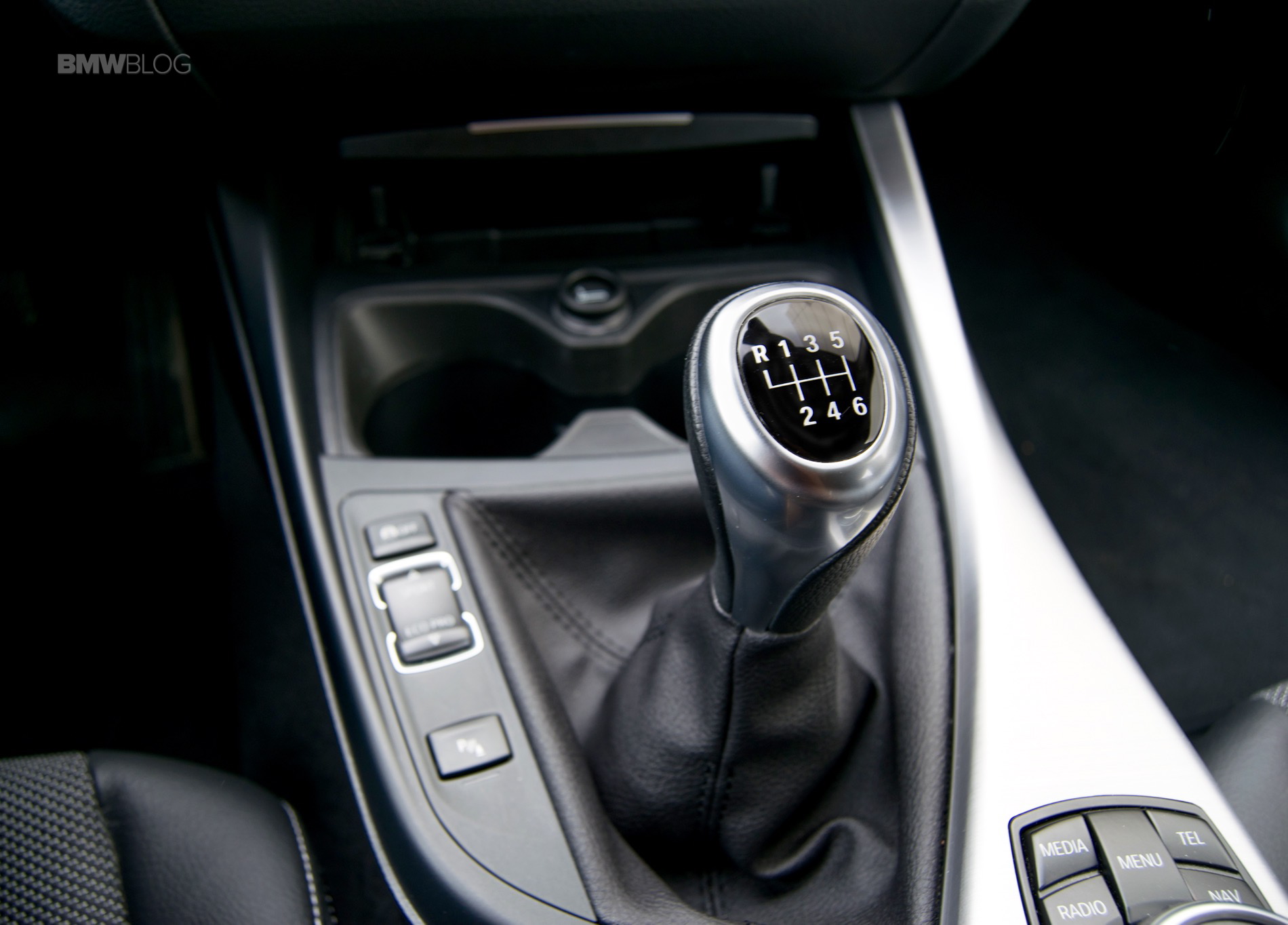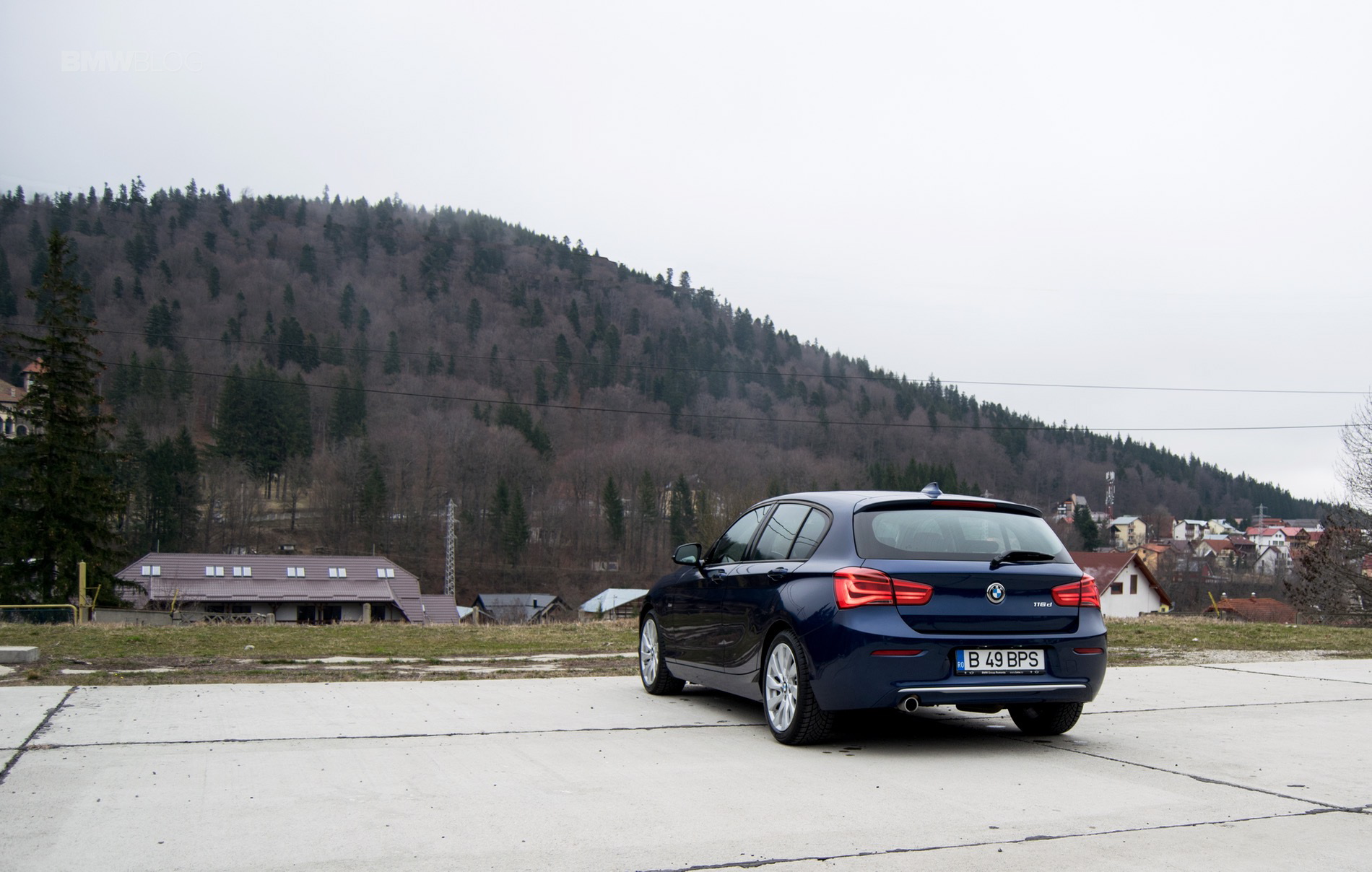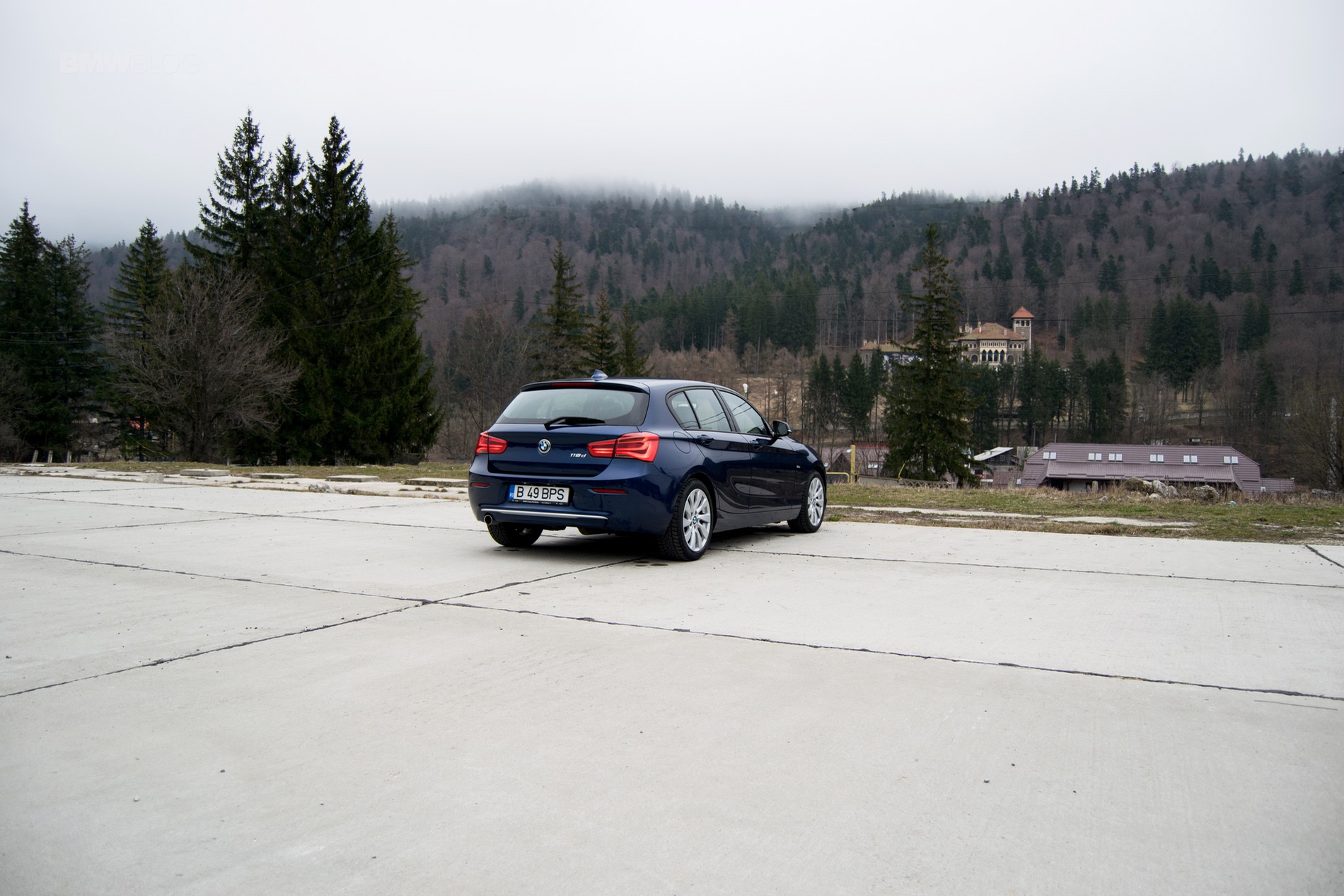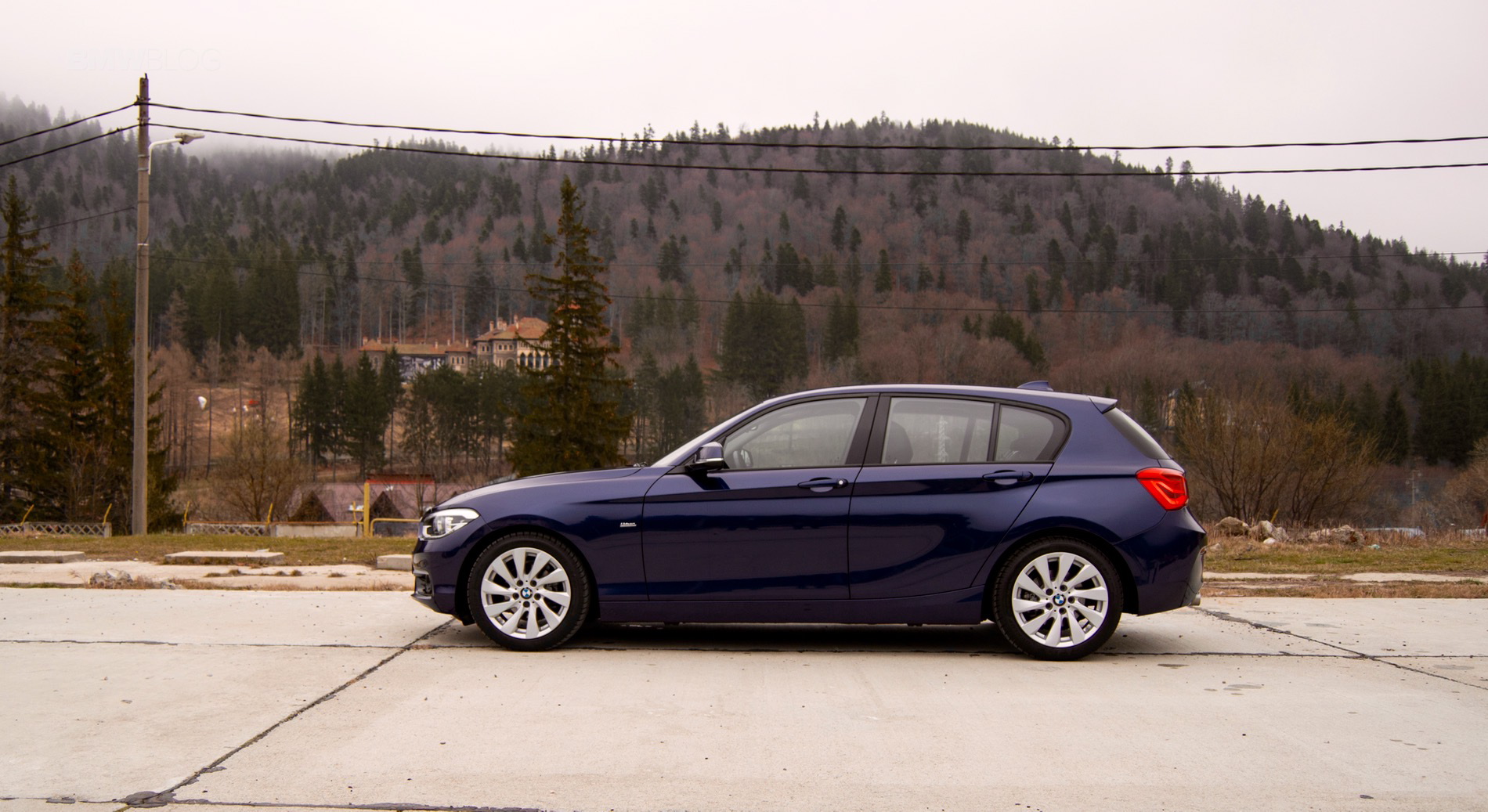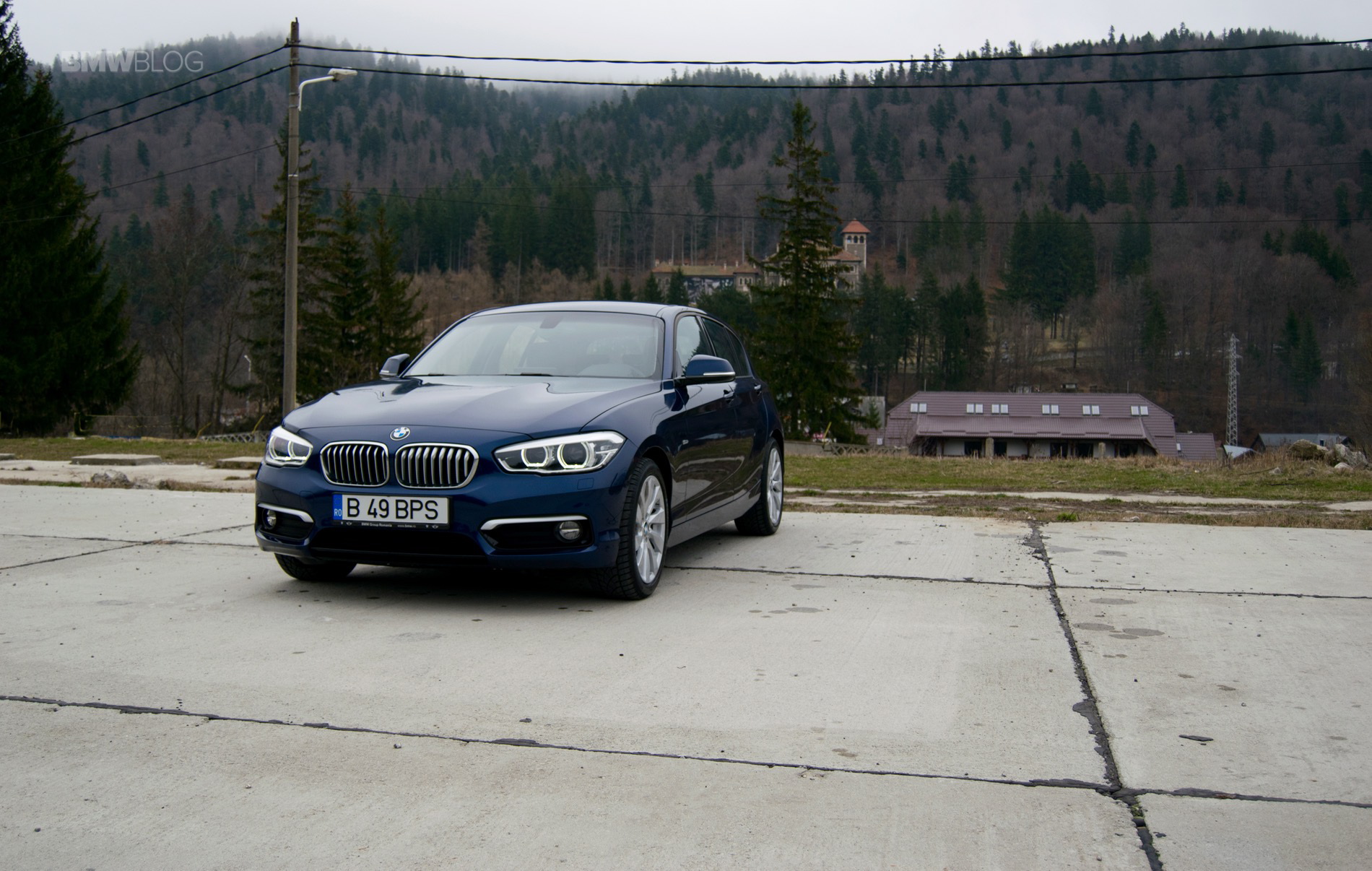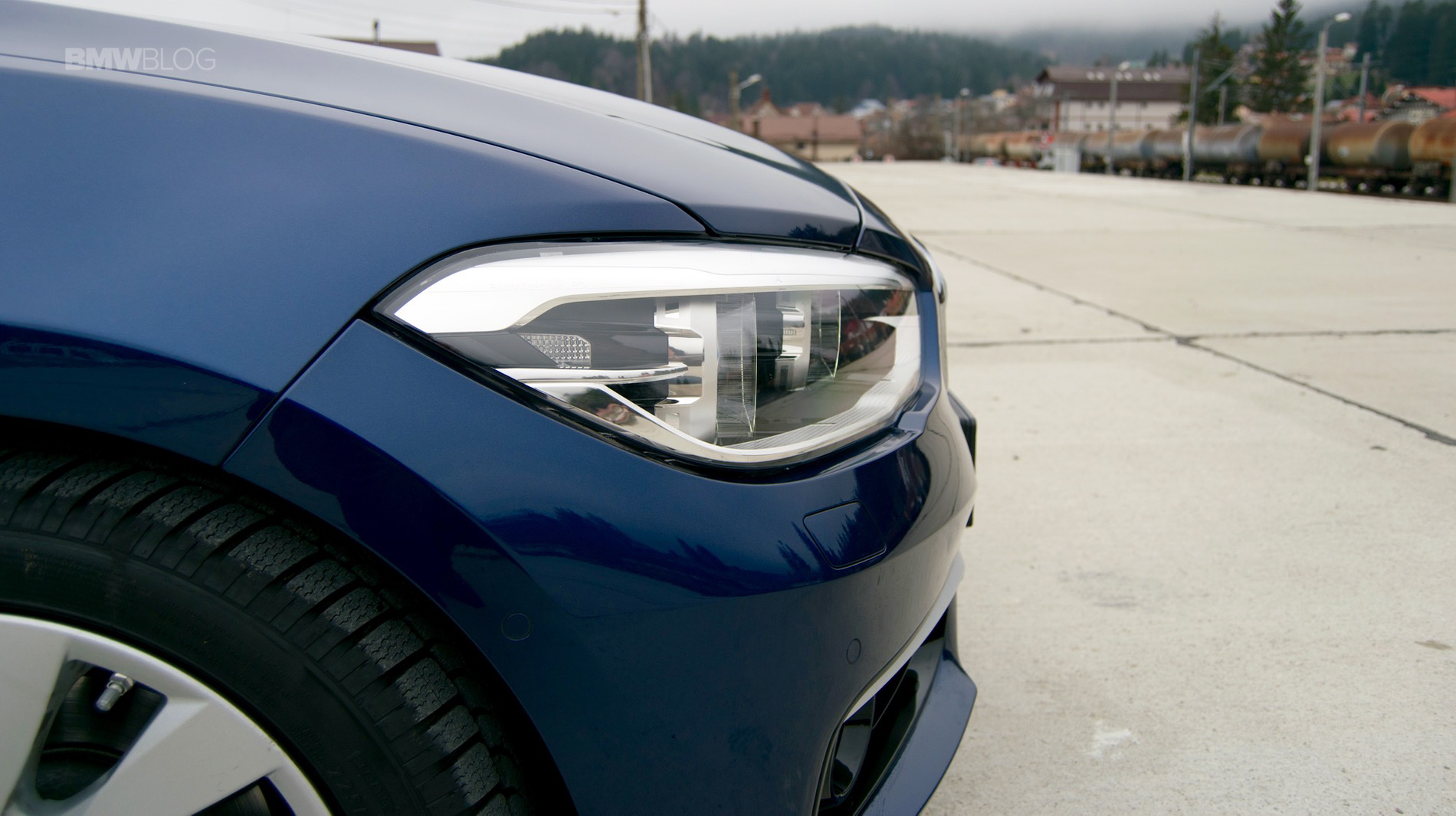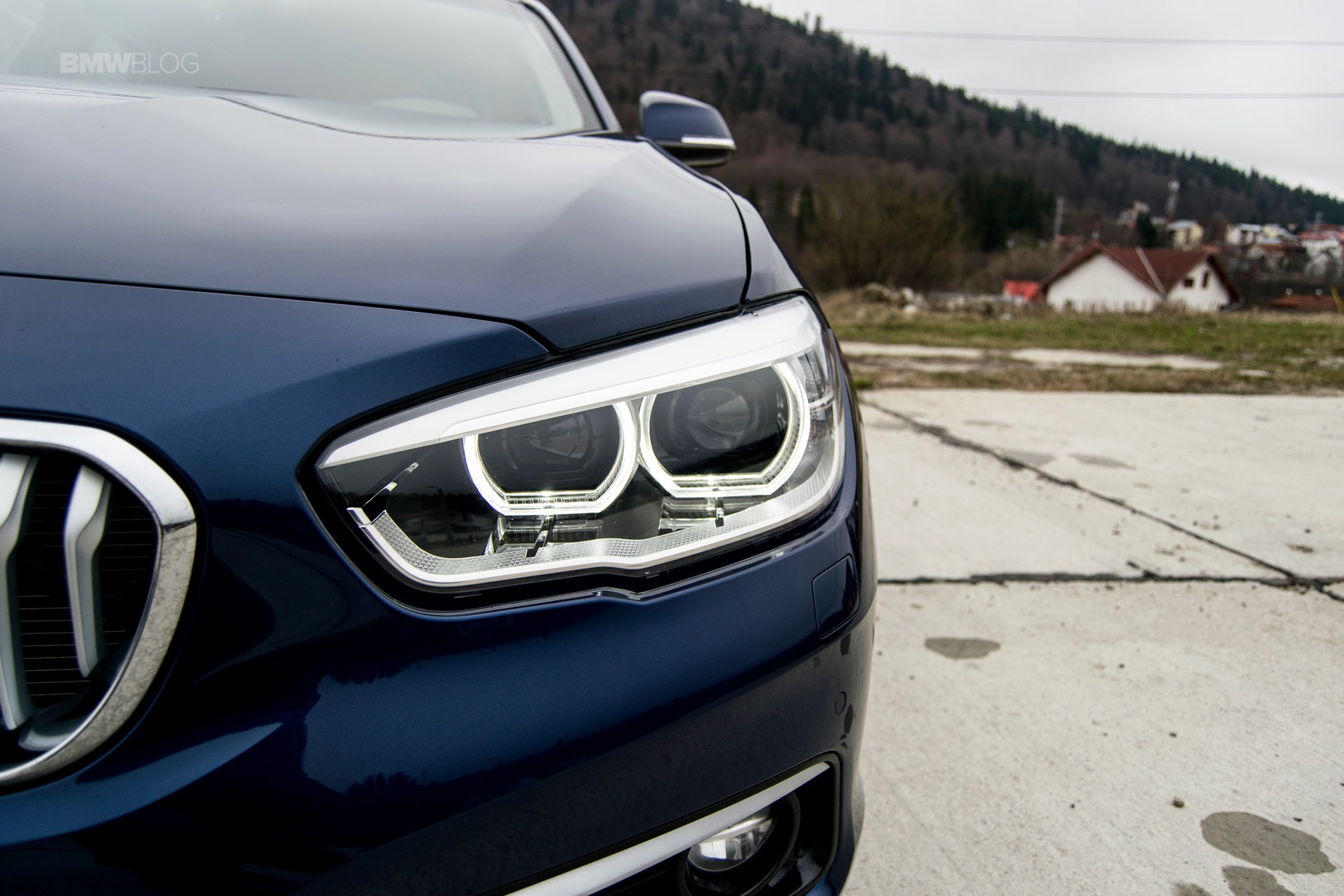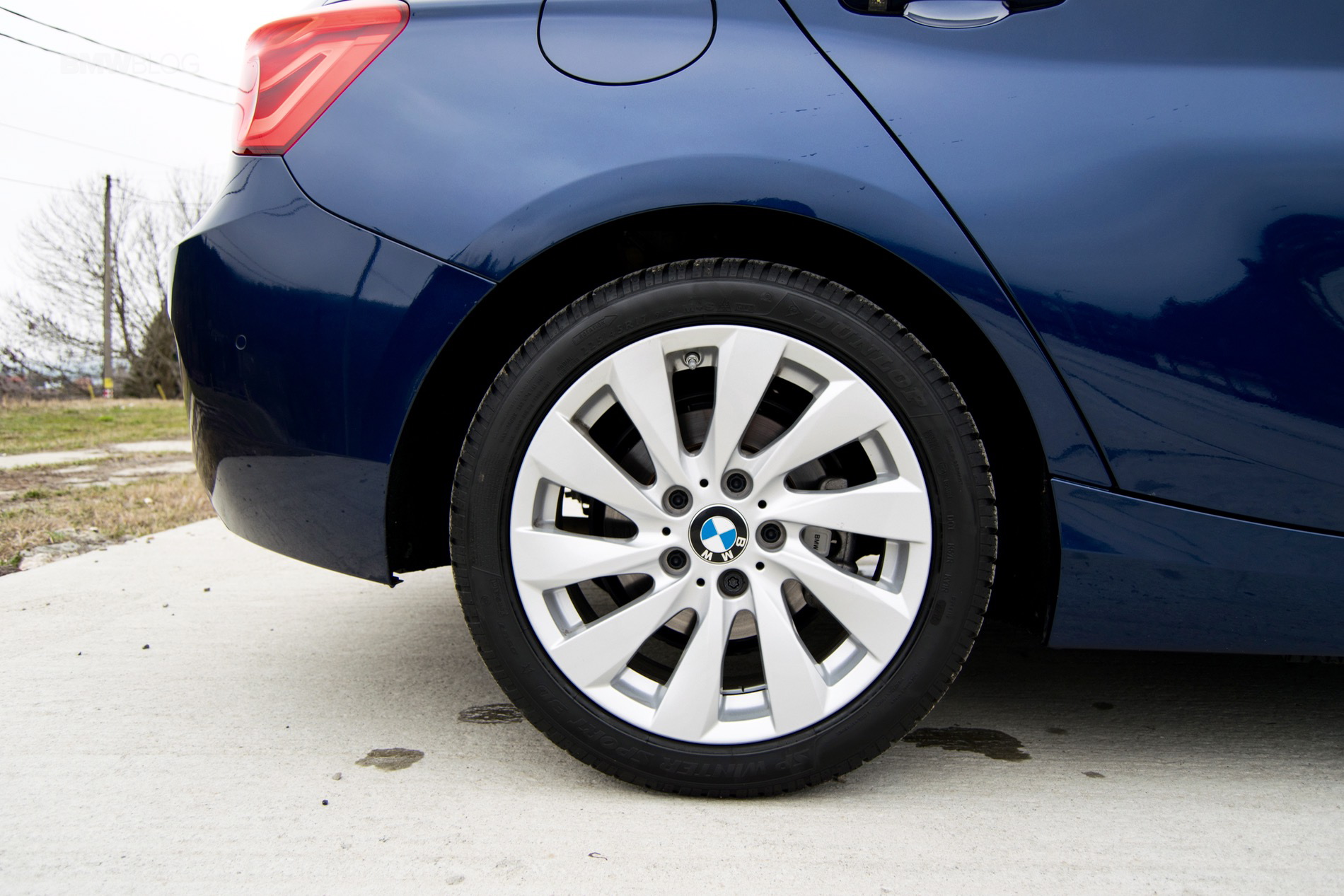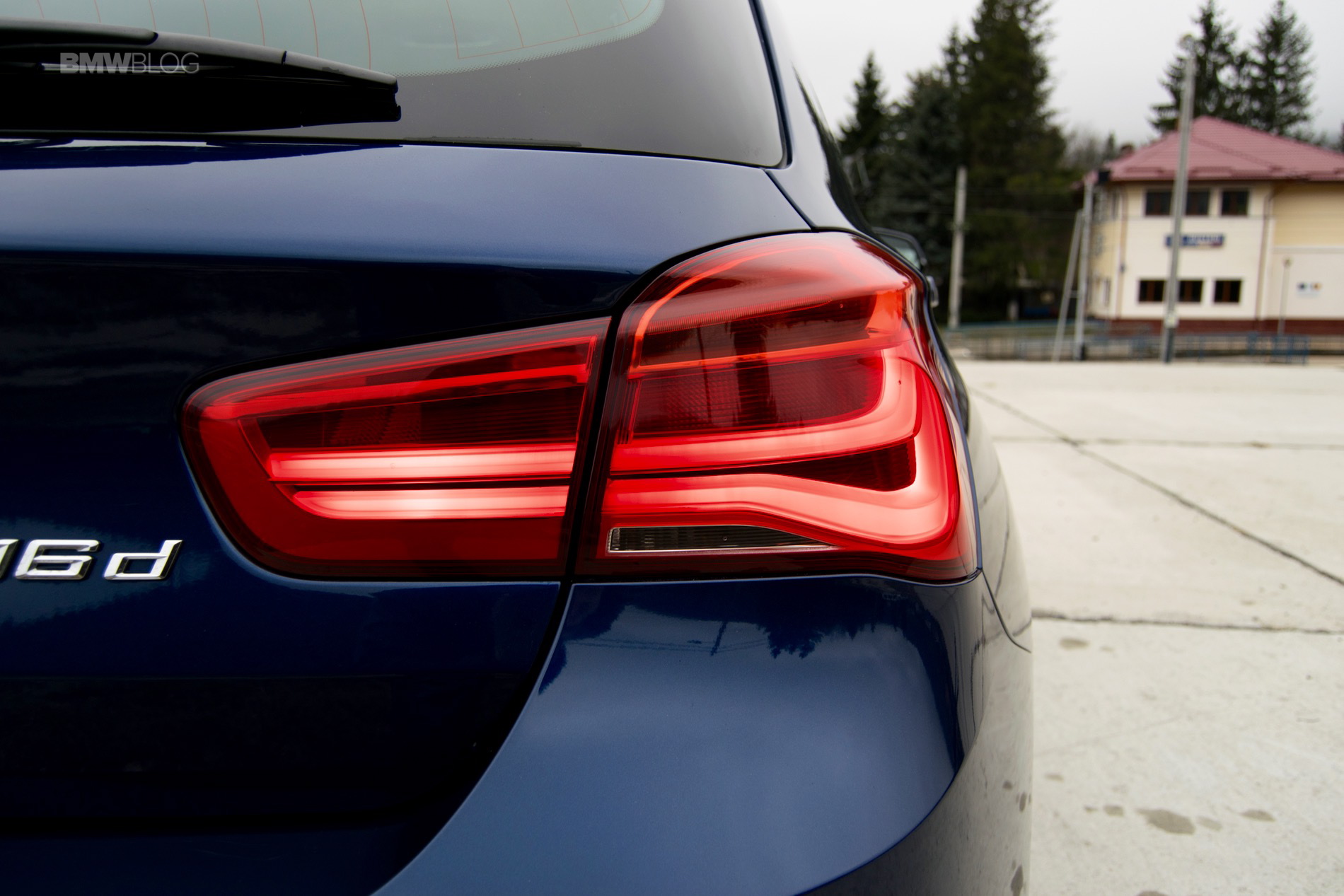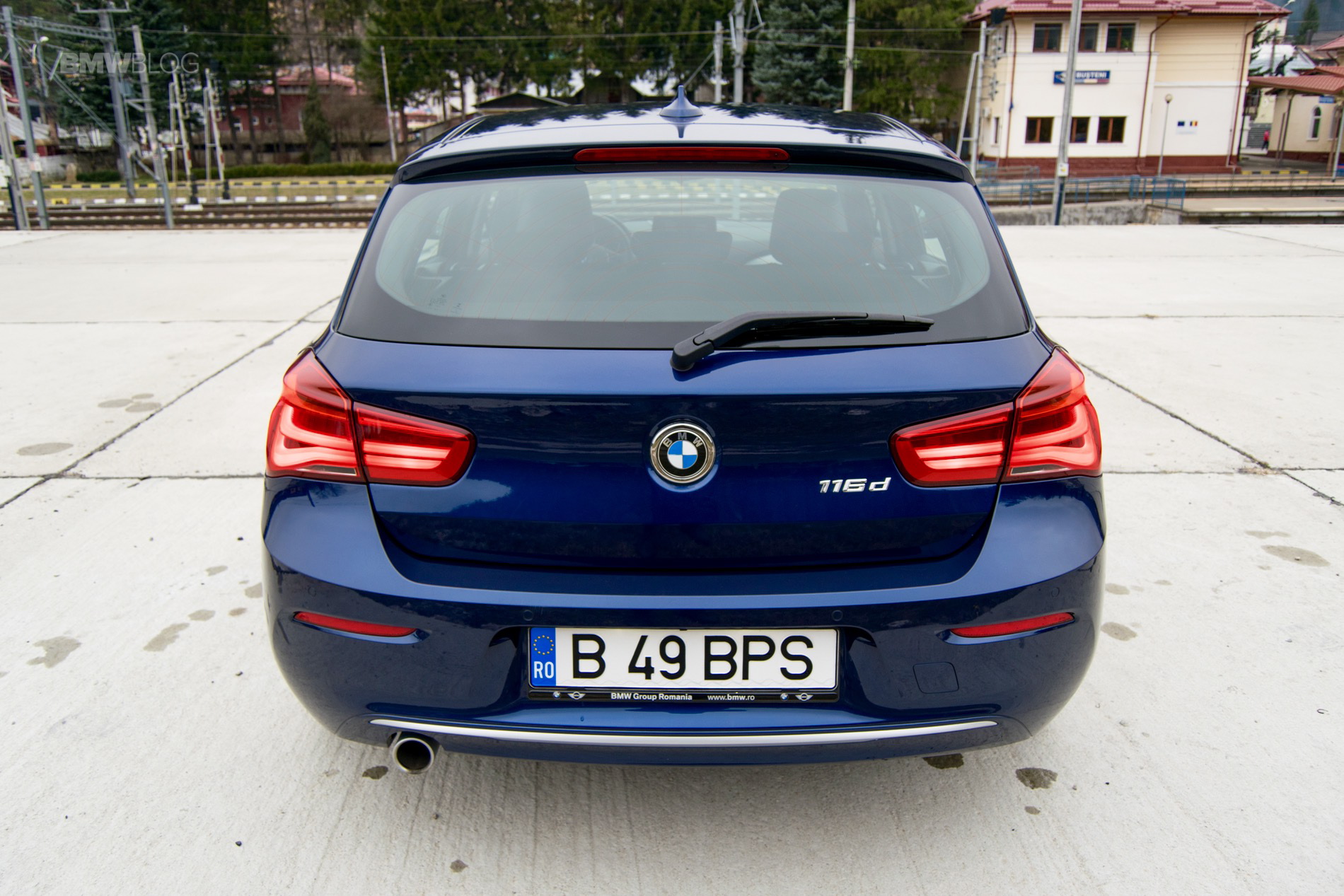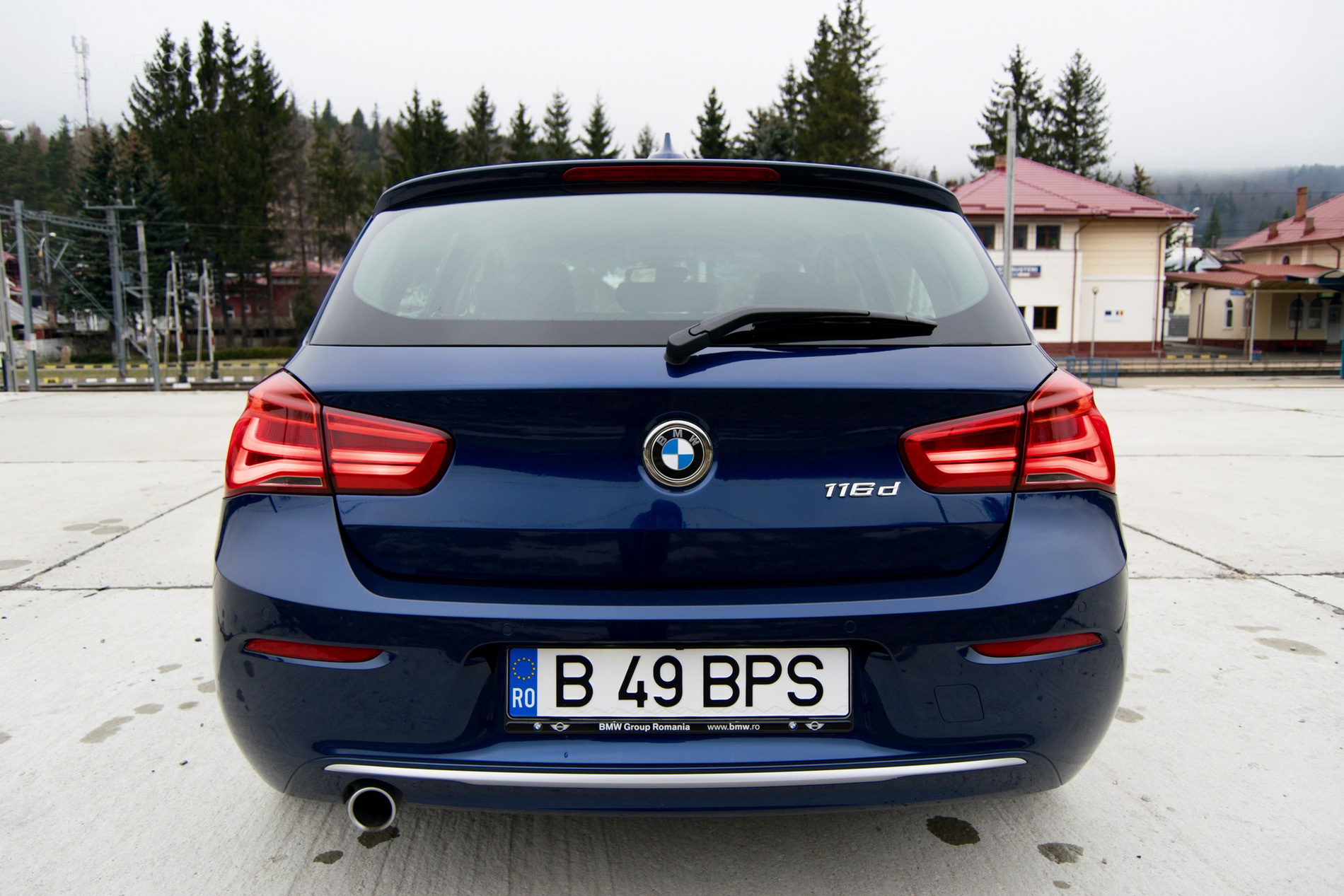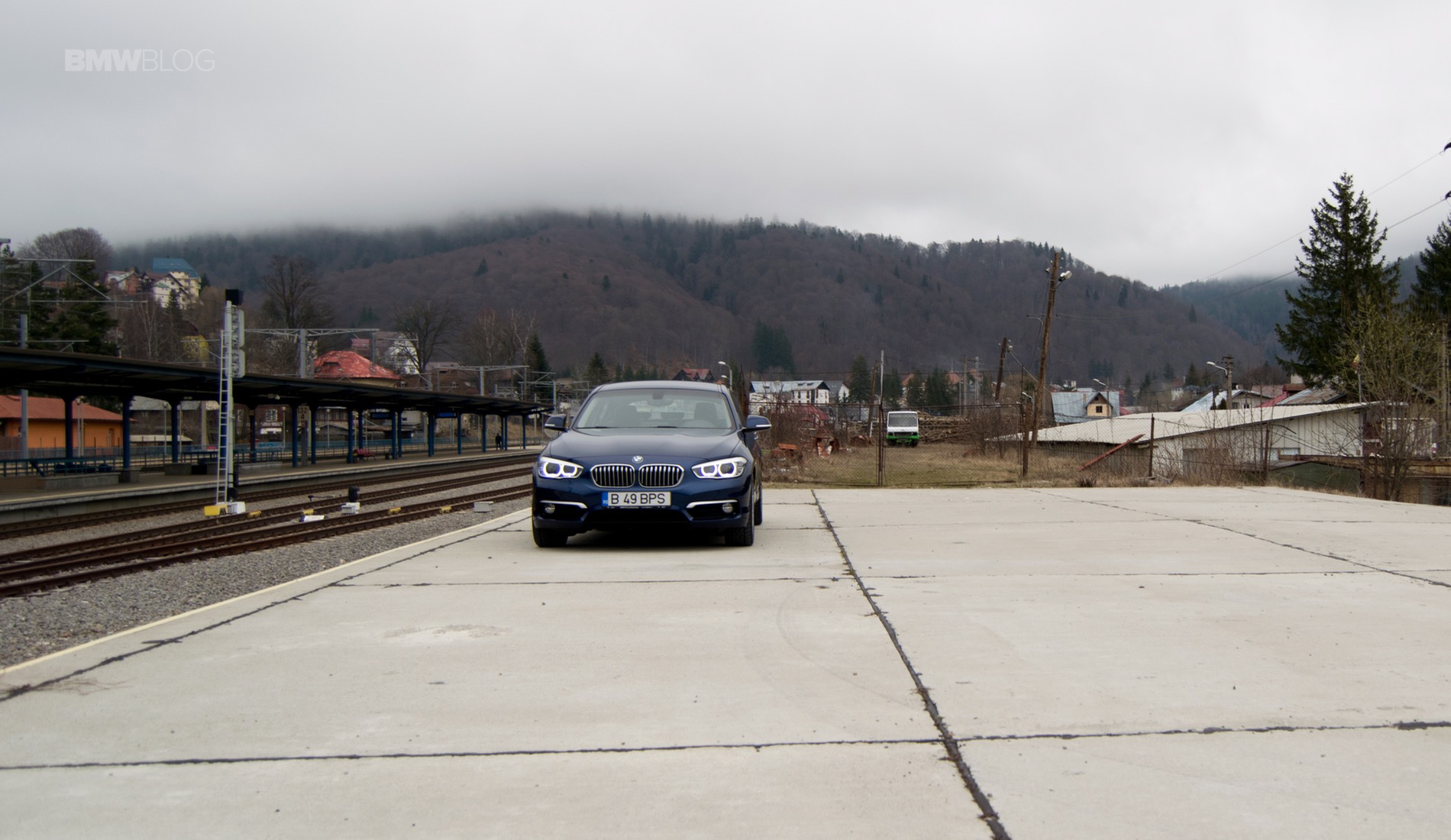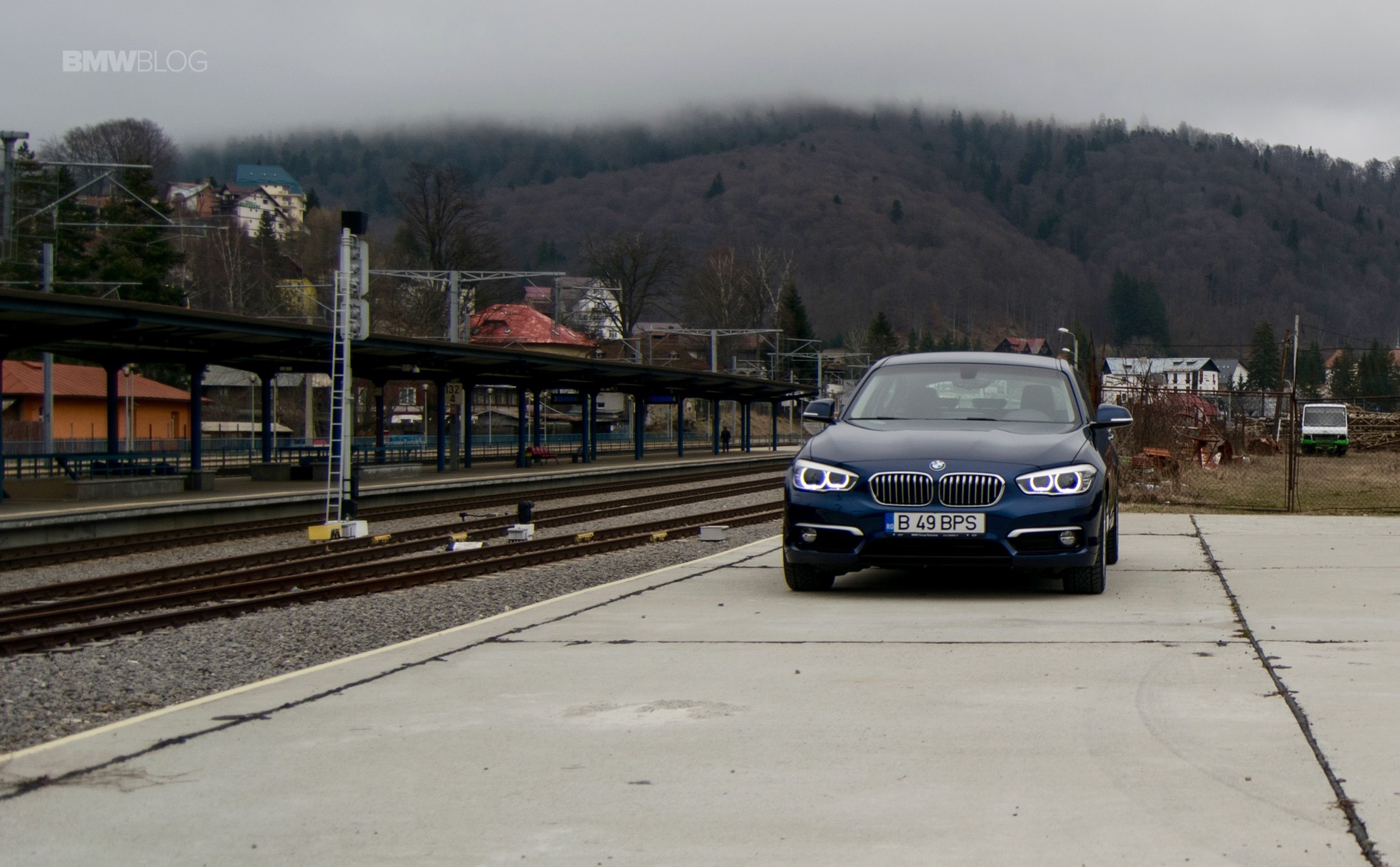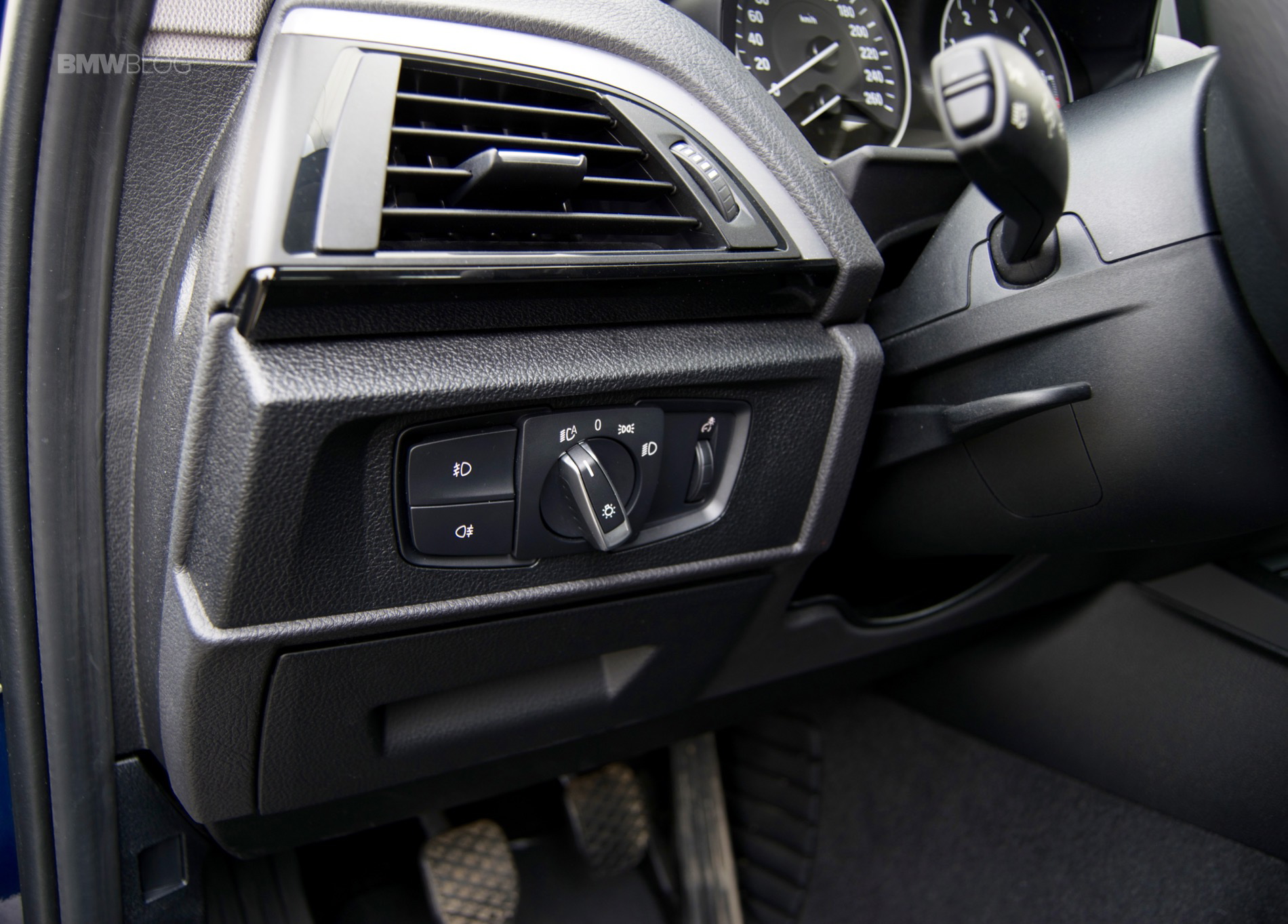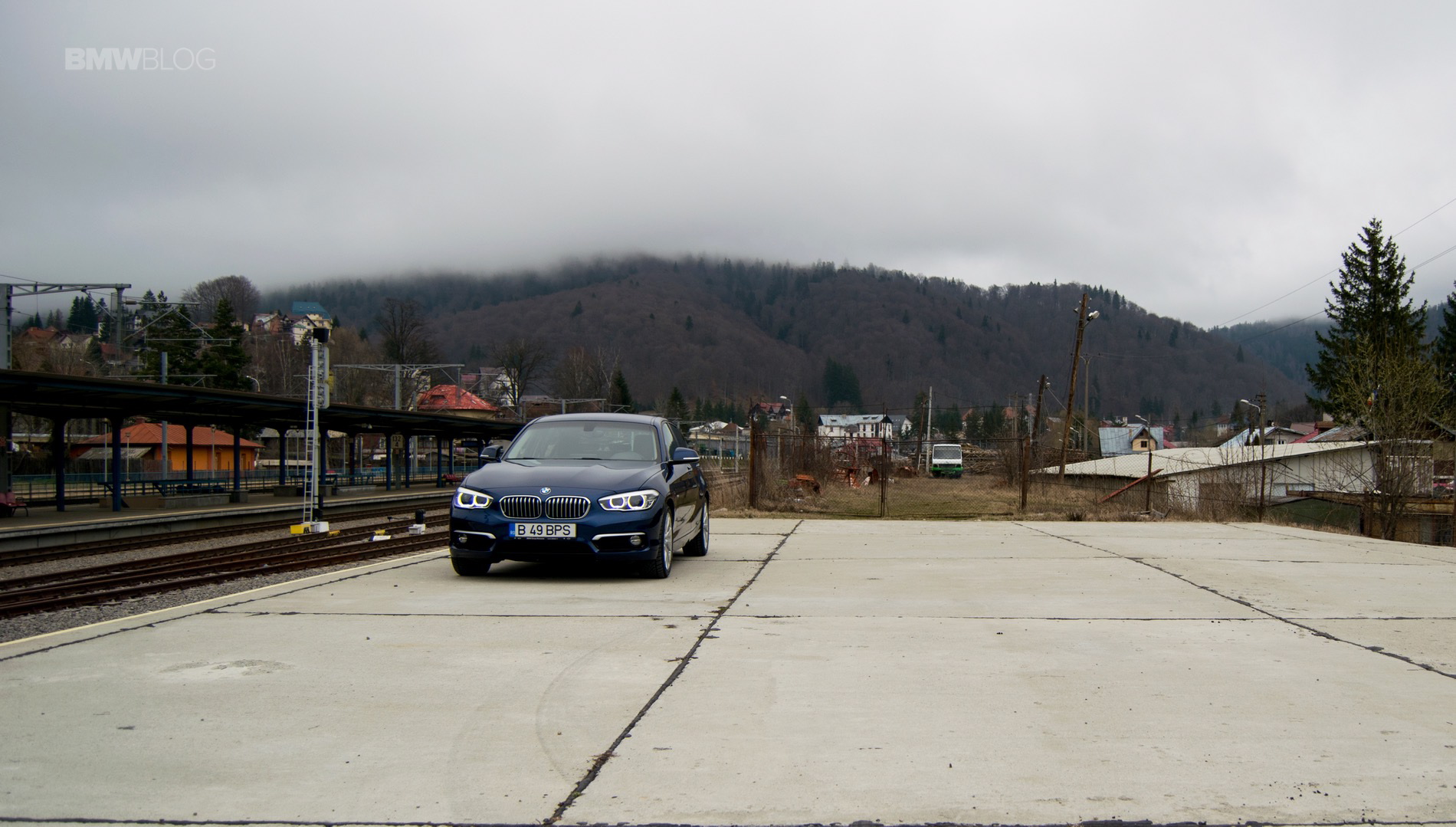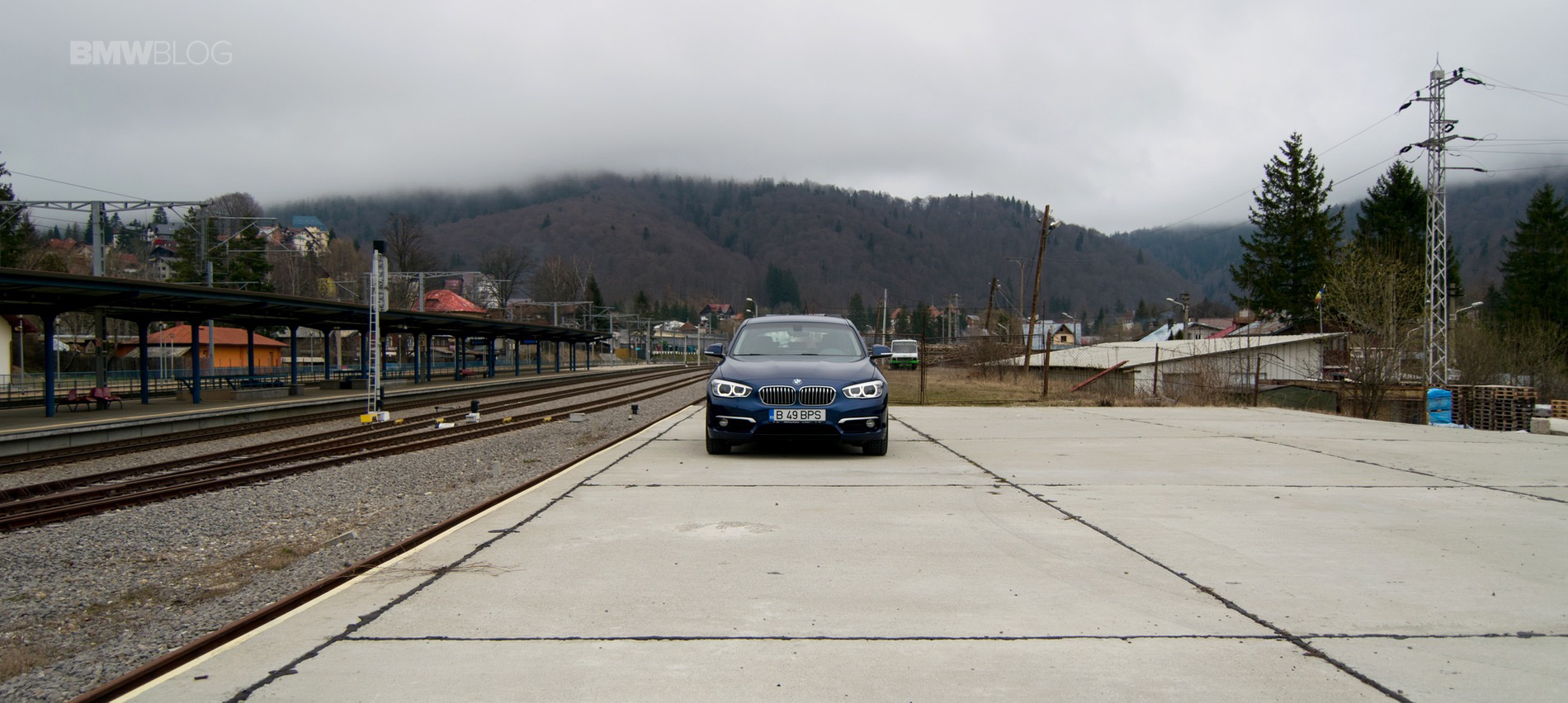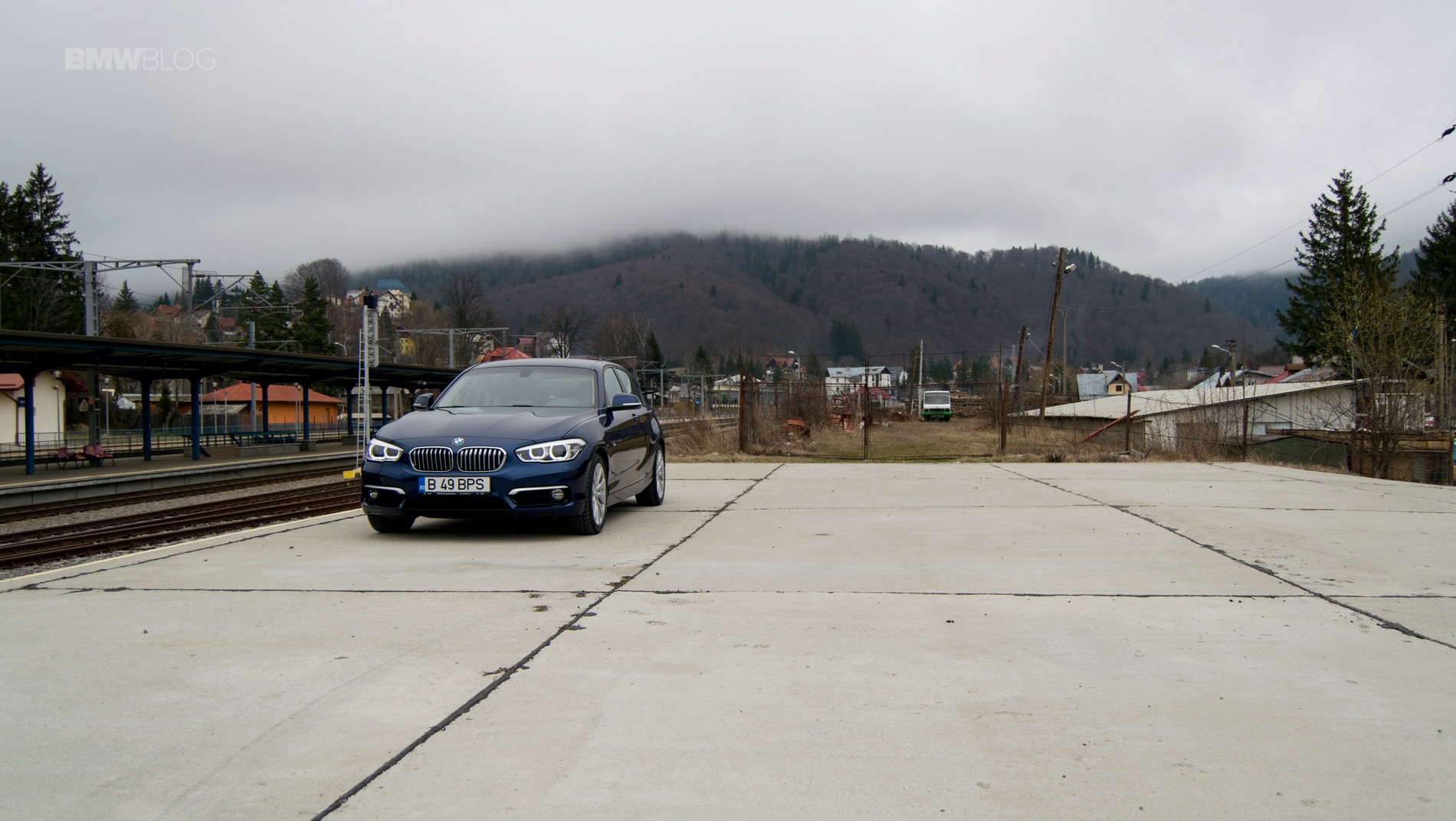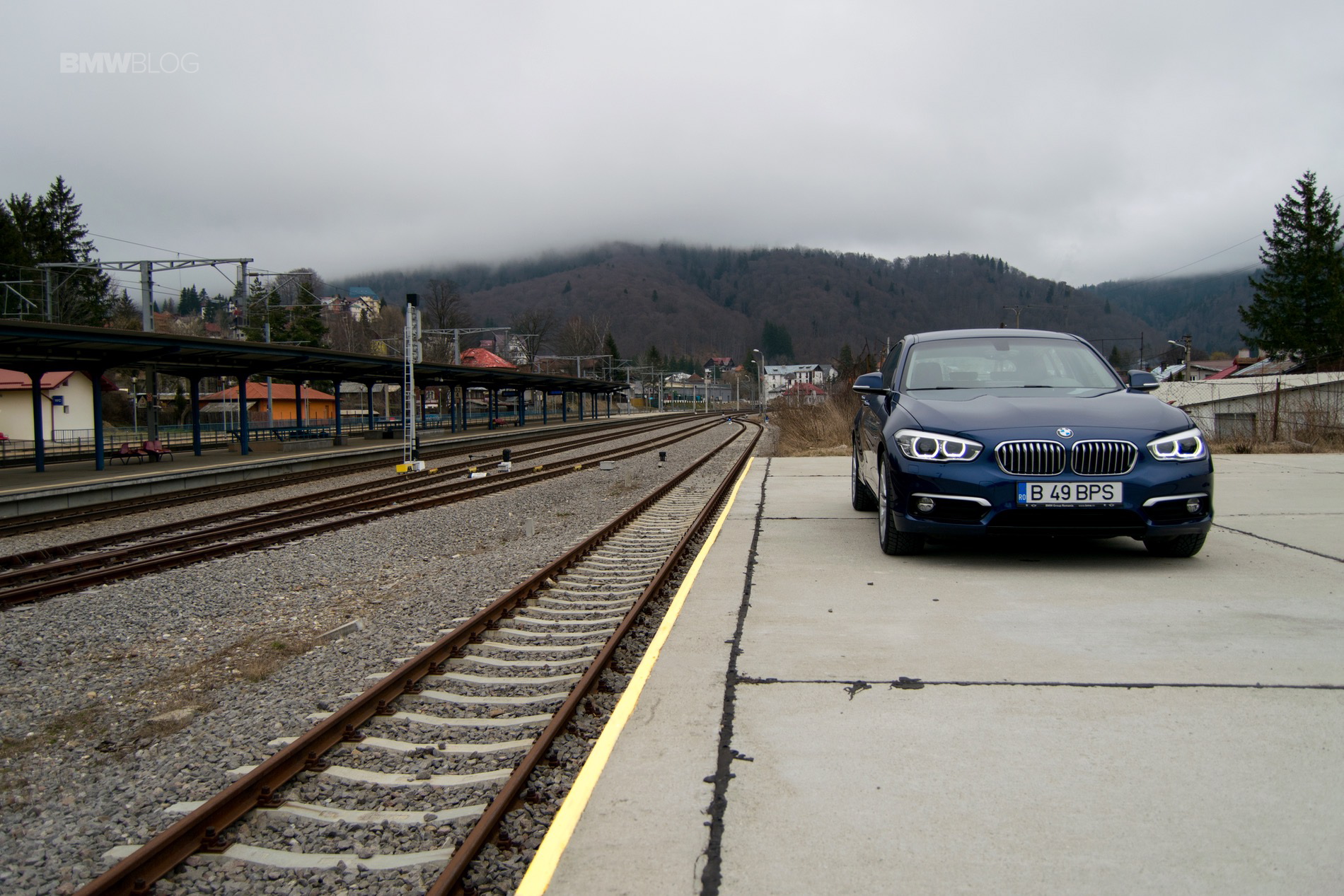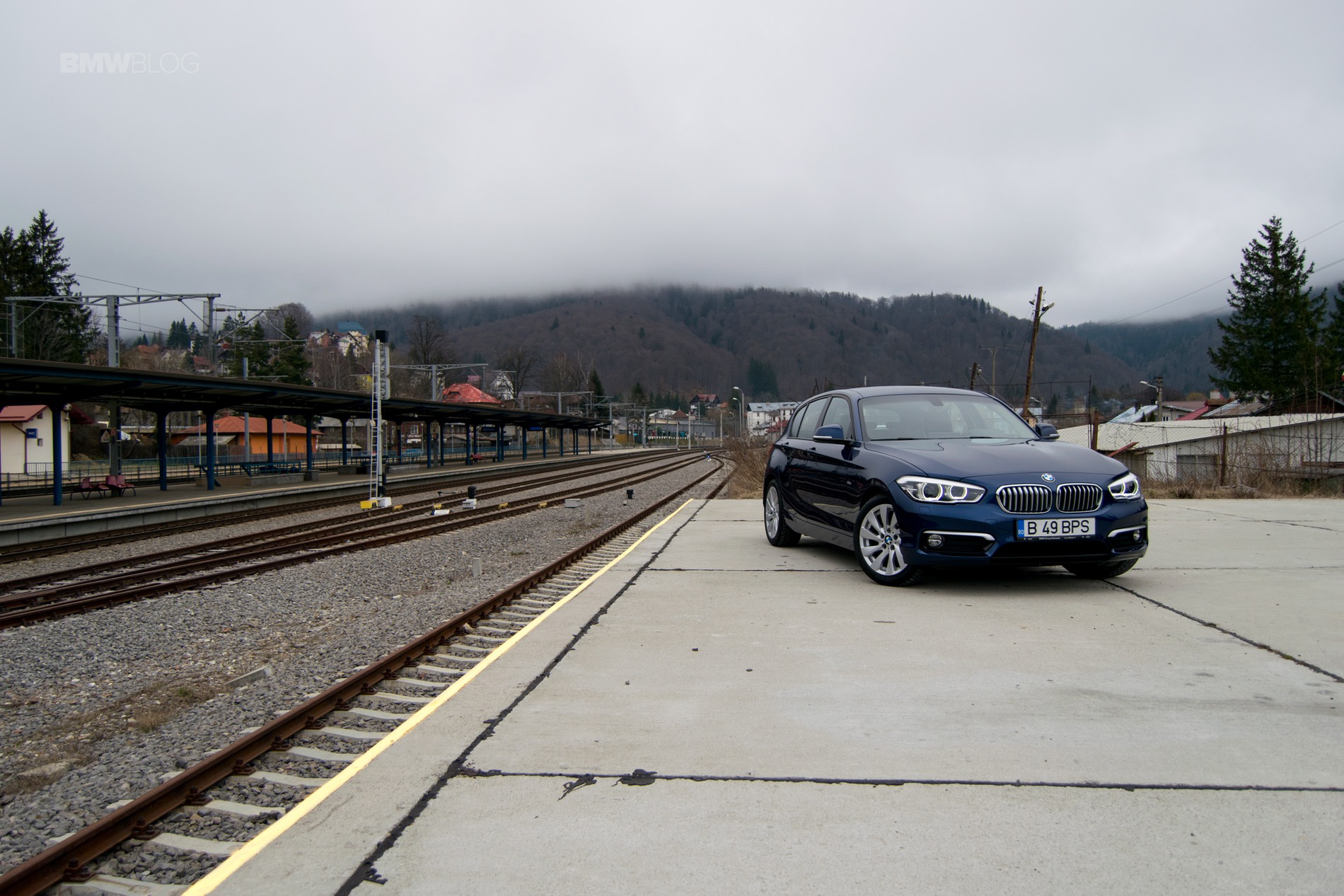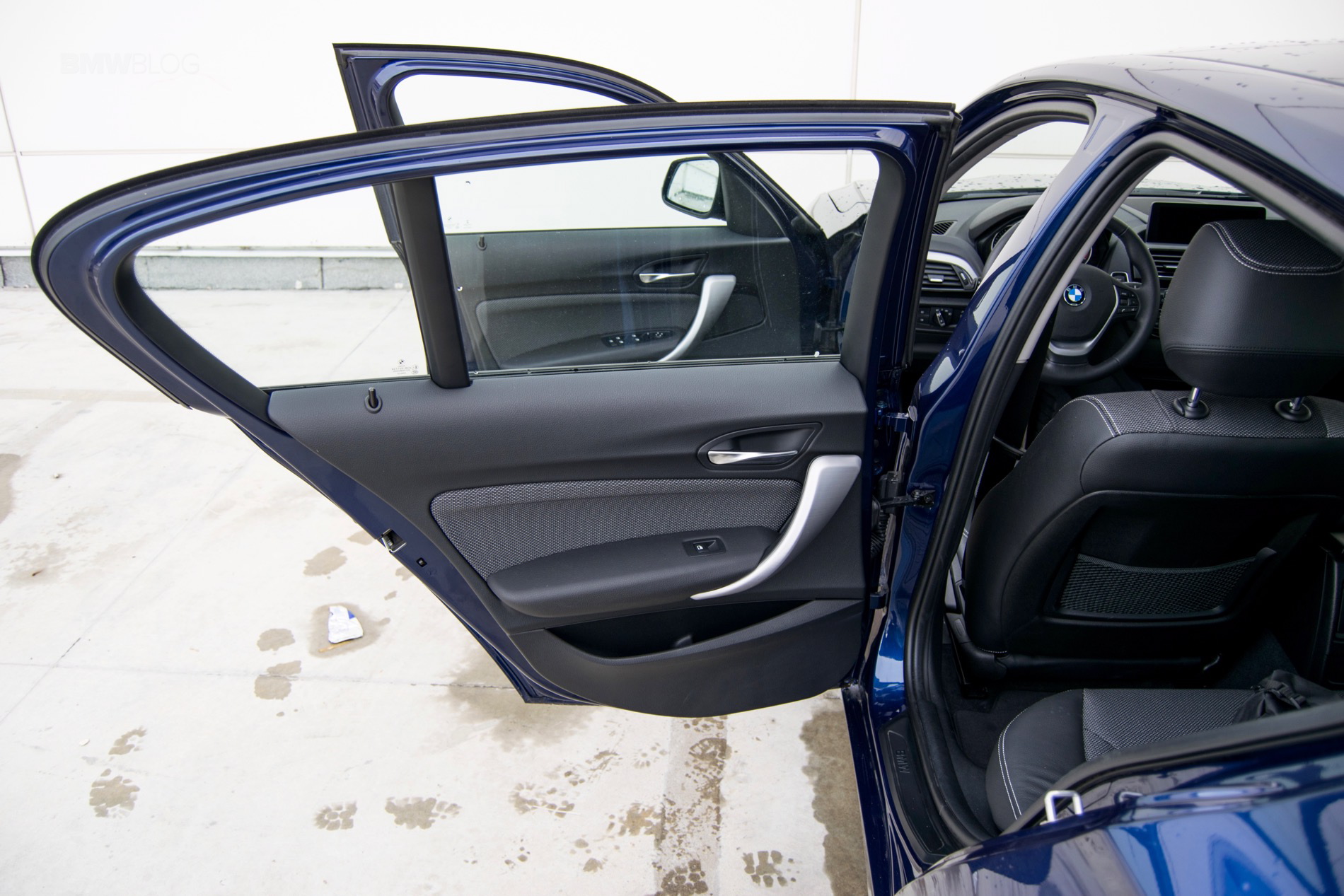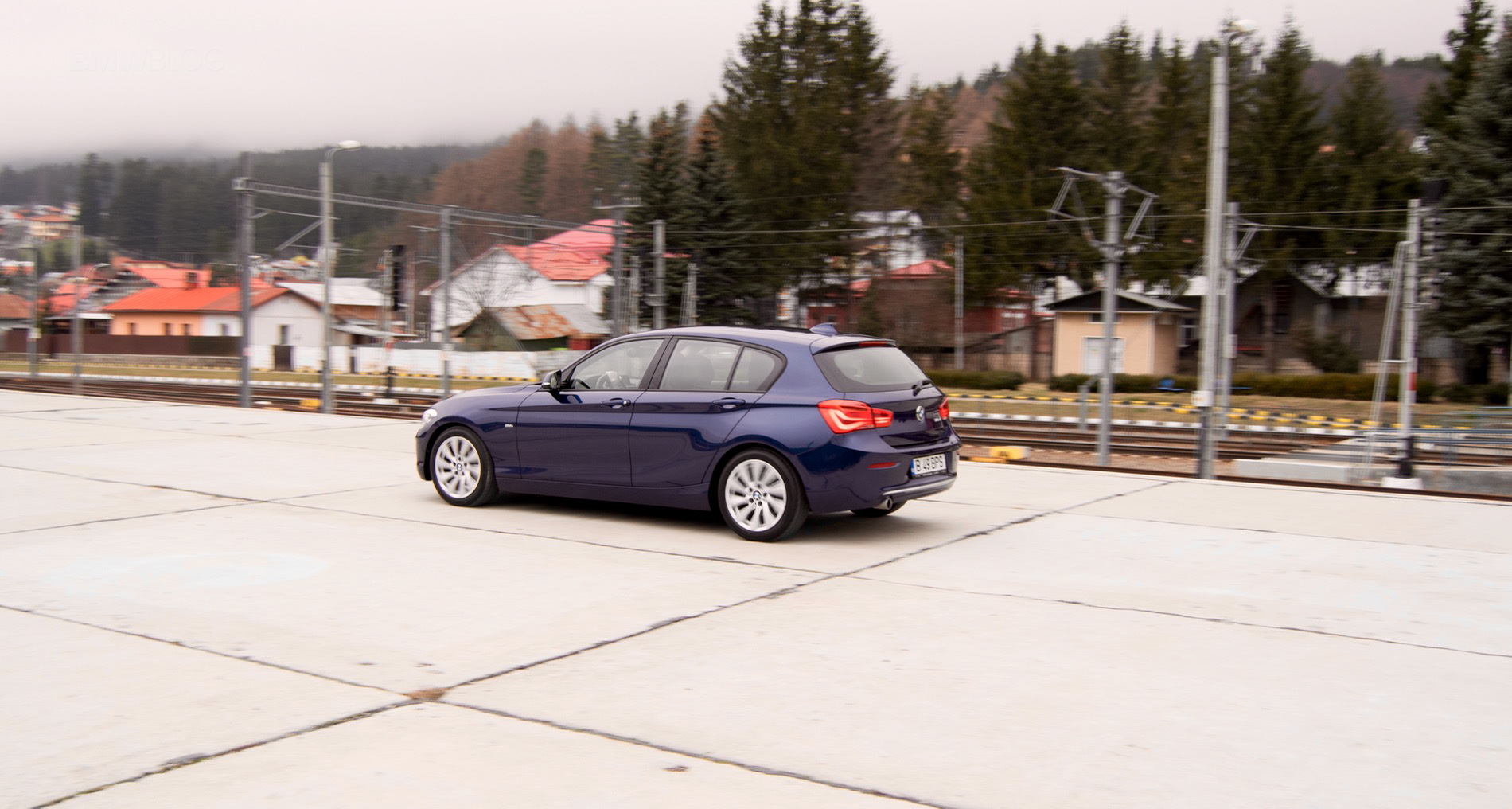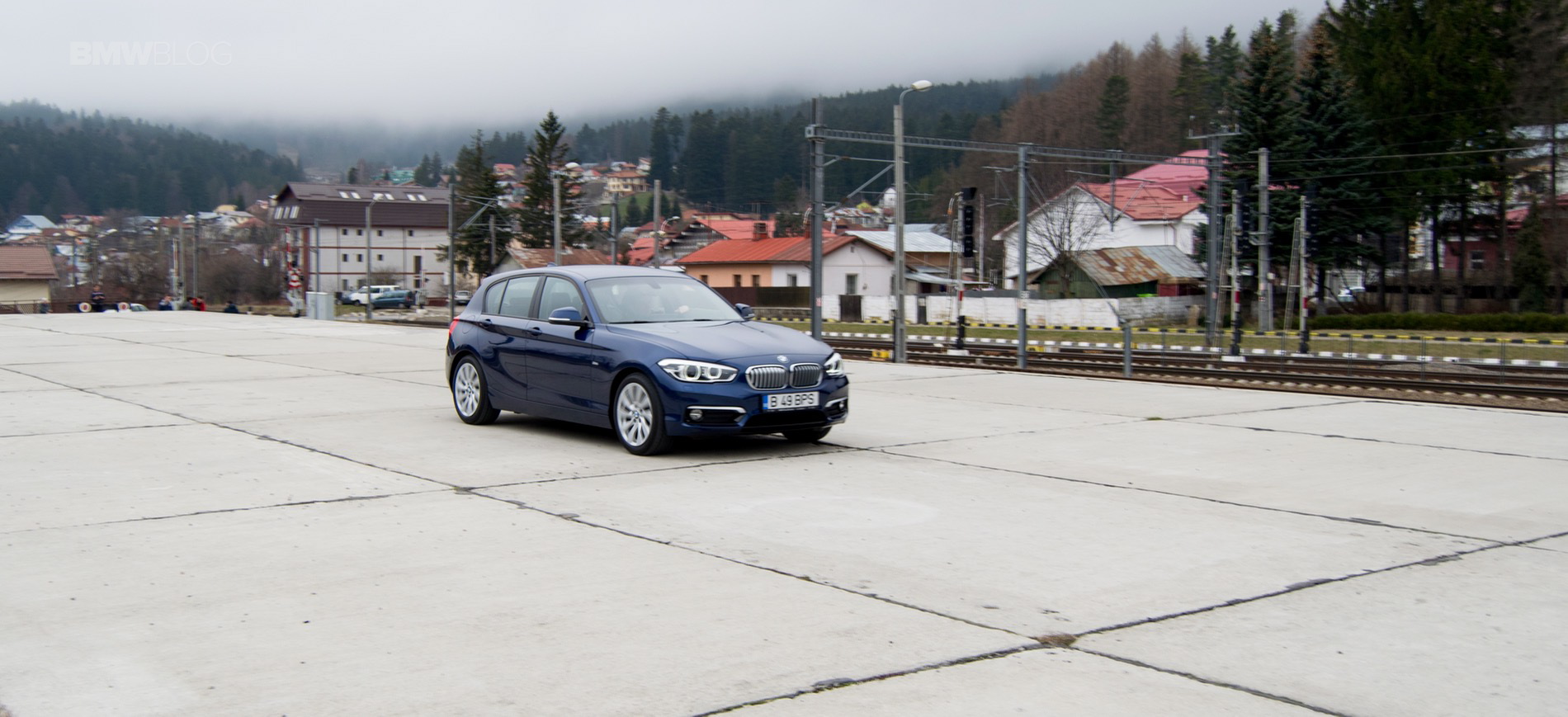Some could argue that an entire new chapter in the history of BMW started back in 2004 when the 1 Series hatchback model was launched. The 1er Hatch – with its quirky looks – was a rather peculiar appearance in the lineup of the blue and white roundel family.
With the E87 1 Series hatchback, the recipe was changed, the new car becoming the cheapest in the lineup, with a design that was far from inspiring the usual feelings exuded by traditional Bimmers. Looks wise, the 1 Series Hatchback didn’t inspire a sense of “sportiness” or “boldness”. Instead, you could imagine it as a rather practical approach for people wanting to own a BMW but not willing to spend a lot of money.
The hatchback model was never sold in the U.S. but in 2007 the Coupe variant of the 1 Series was launched and everything we knew about the 1 Series changed. Then came the 1M Coupe that turned our life upside down again and blew our minds with its 3-liter twin-turbo engine and manual transmission. It is – to this day – considered a reference car of the recent years for Munich.
In 2011 the F20/F21 models replaced the somewhat controversial first generation 1er and they were deemed ugly from the get-go. Maybe some of the comments were malicious but as time would prove it, even the Germans admitted that the exterior design could’ve been better. How did they do that?
Actions speak louder than words and rarely has BMW applied a bigger facelift to an existing model. The designers have been hard at work and the F20/F21 models received extensive visual changes. Gone are the weird headlights that used to dominate the front fascia, instead the kidney grilles are being now flanked by new, sleeker headlights that are also available with LED technology.
The same story applies to the rear-end where the square taillights have “melted” into a wider and thinner shape that seems a lot more in tune with the current design language used at BMW. They also remind us of the refreshed F30 3 Series that uses a similar shape for the LED strips on its back.
Those are the two big changes applied to the refreshed models and they do make a huge difference. Looking closer at the car you’ll probably notice a couple more new details here and there but overall, those are the main impact areas.
But the updates didn’t stop with the visuals. The 1 Series is one of the first BMWs to receive a host of new engines, some part of the modular B family of powerplants. It is this particular area that interests us more.
The range kicks off with the 116i model that uses a new-generation 1.5-liter 3-cylinder engine making 109 HP. Next in the lineup is the 116d version that has the same displacement but burns diesel instead. It’s also a bit more powerful, making 116 HP and 270 Nm (200 lb-ft) of torque.
This latter version is also available in a special EfficientDynamics Ddition that is claiming some rather impressive numbers. Modified to be as efficient as possible – as the name suggests- the 116d ED is rated at up to 60.3 mpg (3.9 l/100 km) inside the city limits, a number that somehow made us curious to see if it can be achieved. Of course, the Germans took precautions and they also specify this figure is valid only with special tires that have a lower rolling resistance rating. Using any other kind of tires sees the fuel consumption go up to 4.4 l/100 km (53.4 mpg) which isn’t all that bad anyway, right?
Compared to the standard 116d model, the EfficientDynamics version comes with a couple of aces up its sleeve. The engine – for example – has a switchable coolant pump and a different setup for the combustion chamber pressure control system, both of them working in tandem to make sure the fuel consumption is kept in check.
On top of that, the BMW 116d EfficientDynamics Edition also comes with active air flap control and specially designed kidney grille bars which – with a slightly angled slant – minimize the amount of air that can flow into the engine compartment. Thanks to this new design, the drag coefficient of the model has been reduced to 0.29.
Regenerative brakes, a new electric power steering system and coasting – for cars fitted with an automatic gearbox – are now standard throughout the 1 Series range.
At first, things look extremely impressive, especially when you also chip in the fact that BMW claims this to be its diesel model with the least CO2 emissions in the range – rated at 89 grams per kilometer, in the combined European test cycle. Therefore, it was only natural to try and test their claims, to see how close they are to what you can achieve in real-life.
As soon as you get behind the wheel you notice that your right hand – or left, if your wheel is on the right side – will land on a traditional manual gearbox stick shifter, the only option available for the 116d EfficientDynamics model. If you’re looking for an automatic, you’ll have to search elsewhere, the reason behind this approach probably being closely linked to the fact that the manual is considerably lighter than the automatic cog-swapper.
This was also a good occasion to see how modern manuals from BMW work, considering that we’ve only been treated with the impressive 8-speed automatic from ZF recently. In short, things are still good but there’s a mix of factors that contribute to that general conclusion, not just one.
First of all, the pedals are positioned ideally for the heel-and-toe technique, a big plus in our book but then again, we’re a bit nostalgic. The reason I’m saying that is that modern manuals now come with a rev-matching feature that can be confusing at first, especially if you’re used to rev-match yourself. However, we’re sure that will come in handy to those that are newer to the three-pedal game. After a couple of miles I got used to not pressing the gas pedal every time I downshifted and it wasn’t all that bad to let the car do it for me.
As for the gear changes themselves, they are smooth and the gates are close together. The shifter’s throw could’ve been a bit shorter but this is a car meant to be driven efficiently, not raced on a track. For that purpose alone, it will be good enough.
Right next to the shifter you’ll find the Driving Experience Control switch that allows you to toggle between different driving modes. As standard, the 116d EfficientDynamics model starts up in Eco Pro mode, an approach we’ve never seen before, in any other version we tested.
Going through them you’ll notice that the Eco Pro driving mode is also good for you, especially if you have a heavy right foot. That’s because, along with adjusting the harshness of the ride and the steering it will also adjust how the pedal responds to your input. To be more precise, even if you accelerate harder than you should, the car will take its time to accelerate.
And you should also curb your enthusiasm when entering Sport mode. Yes, it does make a difference in steering, throttle response and ride harshness but this is a car with 116 HP after all, and a diesel on top of that. Reaching 100 km/h (62 mph) in the claimed 10.4 seconds will make you feel like you’re abusing this car and, therefore, far from satisfied.
Furthermore, when pushing it to the limit, you start noticing a couple of things. For example, the electric steering doesn’t offer a lot of feedback and, therefore, feels numb most of the time. Couple that with the fact that the engine is light and positioned as close to the cockpit as possible and you end up with a car that has such a light nose that, most of the time, you don’t have any idea what it’s up to.
A couple of attempts at driving this thing in a sporty manner made us change our minds almost instantly as it brought no sort of satisfaction. Therefore, we stuck to the Eco Pro mode for the remainder of the time spent with the car.
Driving it around town is as easy as it can get, this being the smallest model you can get with a blue and white roundel on the boot today. You get to squeeze in tight spaces and parking it is rather easy thanks to the great visibility you get all around. Our tester was fitted only with parking sensors and yet they proved to be enough for any given situation, be it parallel or transverse parking. As an interesting side note, you can also get a parking assistant option that’ll do the job for you.
You can fit four adults inside, even though it is recommended that those sitting in the back be under 184 cm (6-ft) tall, in order to have enough room to feel comfortable. Fitting five adults inside will be a tedious job, however.
What we found surprising was that having even more than one fully grown person inside the car will mess with its fuel consumption figures. Did we get close to the figures claimed by BMW? Not really.
On our best day, the trip computer showed 39 mpg (6 l/100 km) inside the city, with only one occupant. Add one passenger and things go down to 33.6 mpg (7 l/100 km) while the worst figure we’ve seen was close to 29 mpg (8 l/100 km) but that was in the worst possible traffic, on a rainy day. To get a better glimpse of what we’re talking about, keep in mind that the average speed recorded was 15 mph (24 km/h).
The one place where this car truly shined and started to make sense, was on the highway. The median of our fuel consumption was around 58.8 mpg (4 l/100 km) at an average speed of 60 mph (96 km/h). However, on a shorter trip, our mpg figures went as high as 69 (3.4 l/100 km), admittedly with a marginally lower average speed of 53 mph (85 km/h). Even so, that’s almost exactly what BMW claims and even better if we’re to count the fact that we were rolling on winter tires.
We immediately arrived at the conclusion that this is truly a highway cruiser more than anything else. It’s not just the fuel consumption that might lead you to that result but other reasons as well.
For example, the manual gearbox, which is truly impeccable, is a lot more comfortable to use outside the city whereas the improved drag coefficient makes sure the noise inside the cabin – even at higher speeds – is always kept in check.
Sure, space may be limited but then again, four adults should have no problem in going for longer trips if they wanted too, even the boot seeming roomy enough for more than four suitcases.
Therefore, the 116d EfficientDynamics model makes sense for a young family that’s looking for a car to use on longer weekend trips without too many headaches. Chip in the small engine and the fact that in most European countries the taxes paid for the car are based on the size of its powerplant and you may have a tantalizing proposition.
The biggest issue, however, is its price tag. Starting at €27,250 our tester had a sticker just shy of €40,000 and that’s an absurd amount of money to pay for a car like this. Mind you, we didn’t even have the complete list of optional features ticked. We had Adaptive LEDs, the Hi-Fi sound system and the Convenience Plus package included as the main highlights. Coupled with the other options, we were looking at over €11,000 added to the base price.
If you add just €3,000 to that you’re looking at the M135i model which already comes as standard with a lot of stuff that’s optional on the 116d. Sure, you won’t have the same fuel consumption and you most definitely won’t be doing the planet a favor but then again, at least you’d be having fun with 326 HP, RWD and a proper manual gearbox.
In case you don’t want to go over the €40,000 limit, or maybe if you prefer diesels more, you can get the 120d model that starts at €31,150 when fitted with a manual gearbox and €33,250 when hooked up to an 8-speed ZF automatic. For those prices you get 190 HP and 400 Nm (295 lb-ft) of torque along with a more refined engine in the first place.
That doesn’t mean that the 1.5-liter 3-cylinder diesel on the 116d is not refined enough. As a matter of fact, we were surprised of how well balanced it was and how quiet it felt in all situations. To be perfectly frank, we can’t really fault it in this regard but overall, you’d be better off with the B47 unit inside the 120d, especially considering the small price gap between the two.
As a whole, the 116d EfficientDynamics edition is not necessarily a failure. It delivers what you’d expect, especially on the highway and yet, surprisingly, its nemesis comes from the ranks of BMW itself. If it was better equipped in standard guise, it would definitely make more sense. As it stands today, you might want to take a closer look at the other options that are on the table.
Exterior Appeal – 7
Interior Quality – 7
Steering Feedback – 5
Performance – 5
Handling – 5
BMWness/Ultimate Driving Machine – 6
Price Point – 6
2016 BMW 116d EfficientDynamics
Exterior Appeal - 7
Interior Quality - 7
Steering Feedback - 5
Performance - 5
Handling - 5
BMWness/Ultimate Driving Machine - 6
Price Point - 5
5.7
As a whole, the 116d EfficientDynamics edition is not necessarily a failure. It delivers what you’d expect, especially on the highway and yet, surprisingly, its nemesis comes from the ranks of BMW itself.



